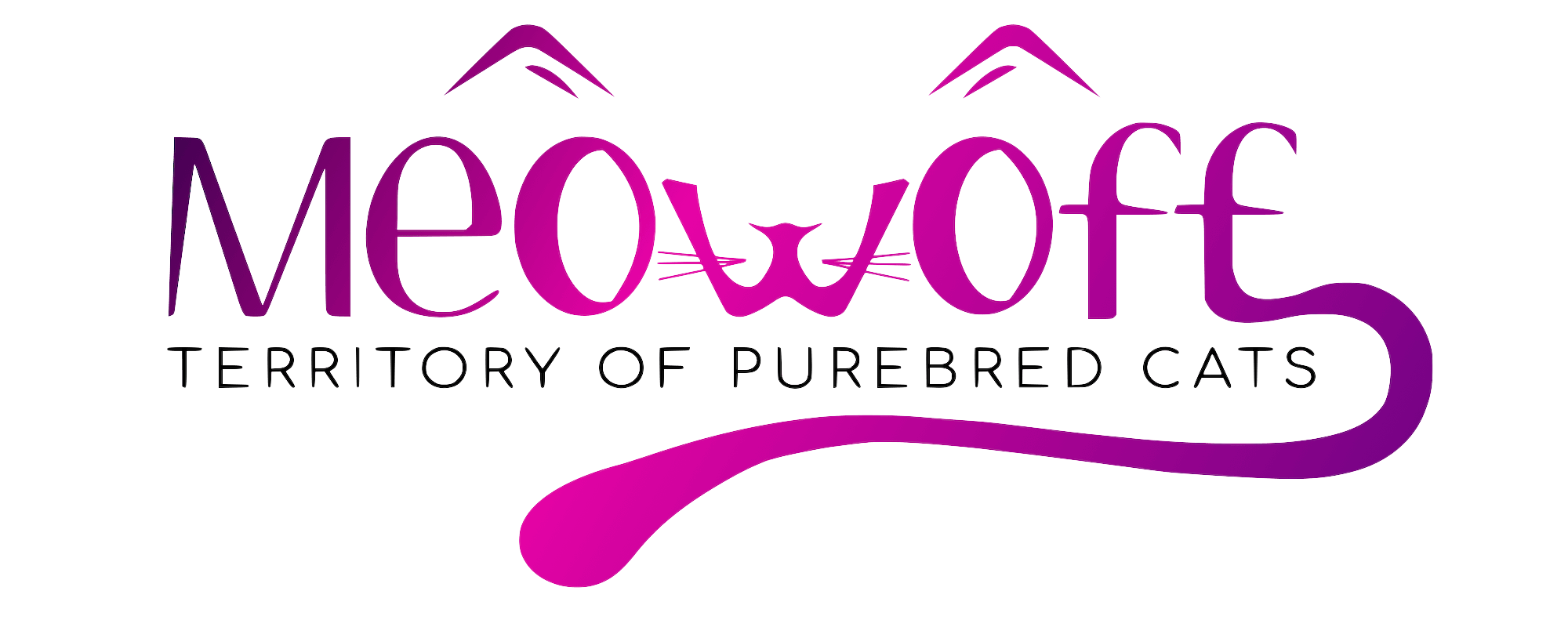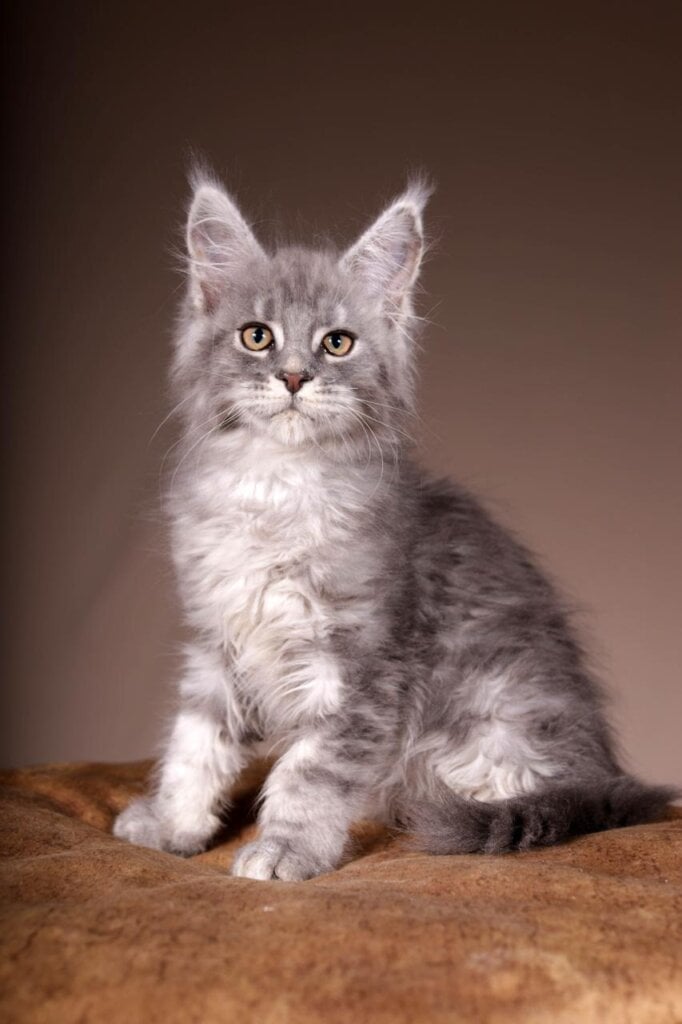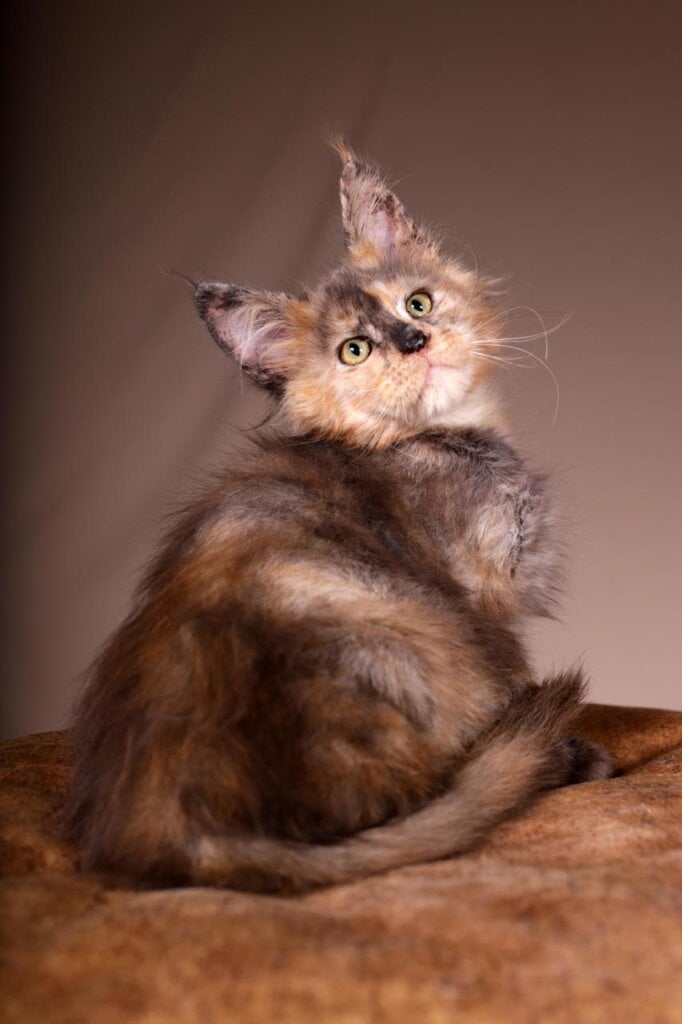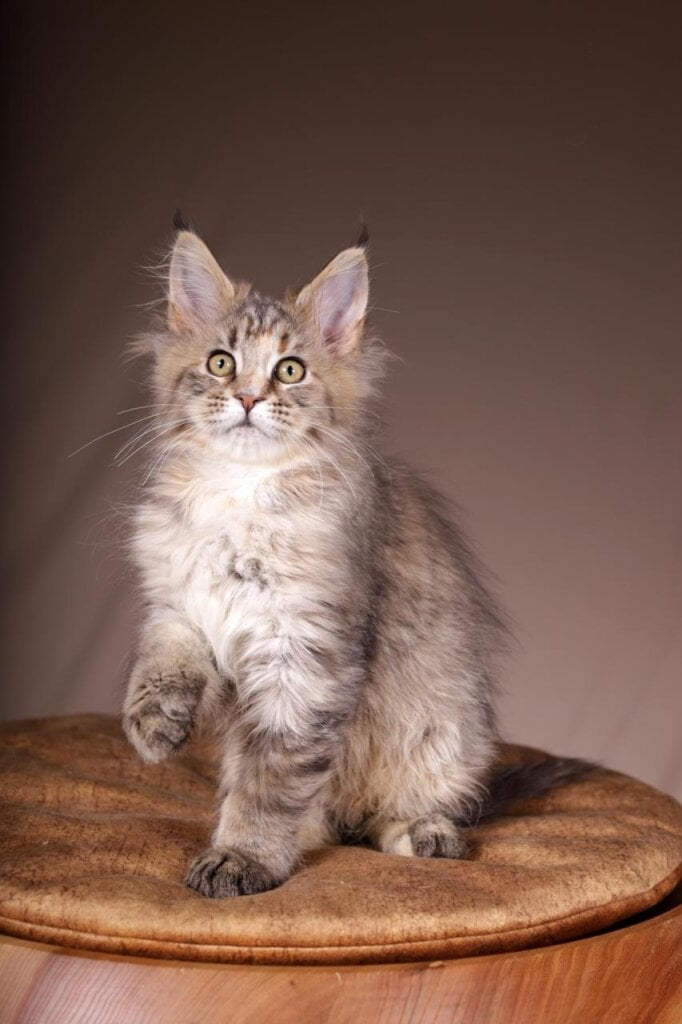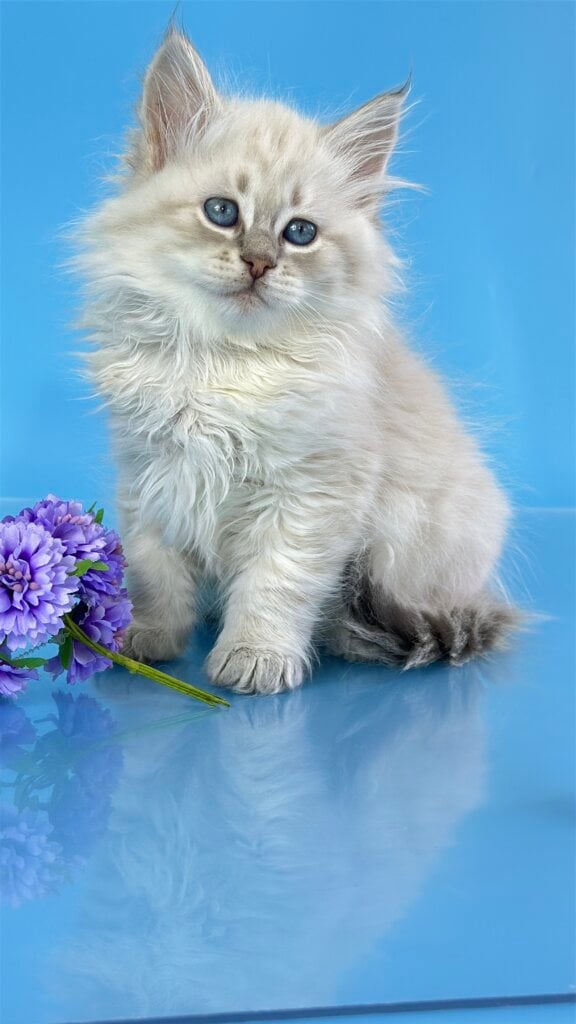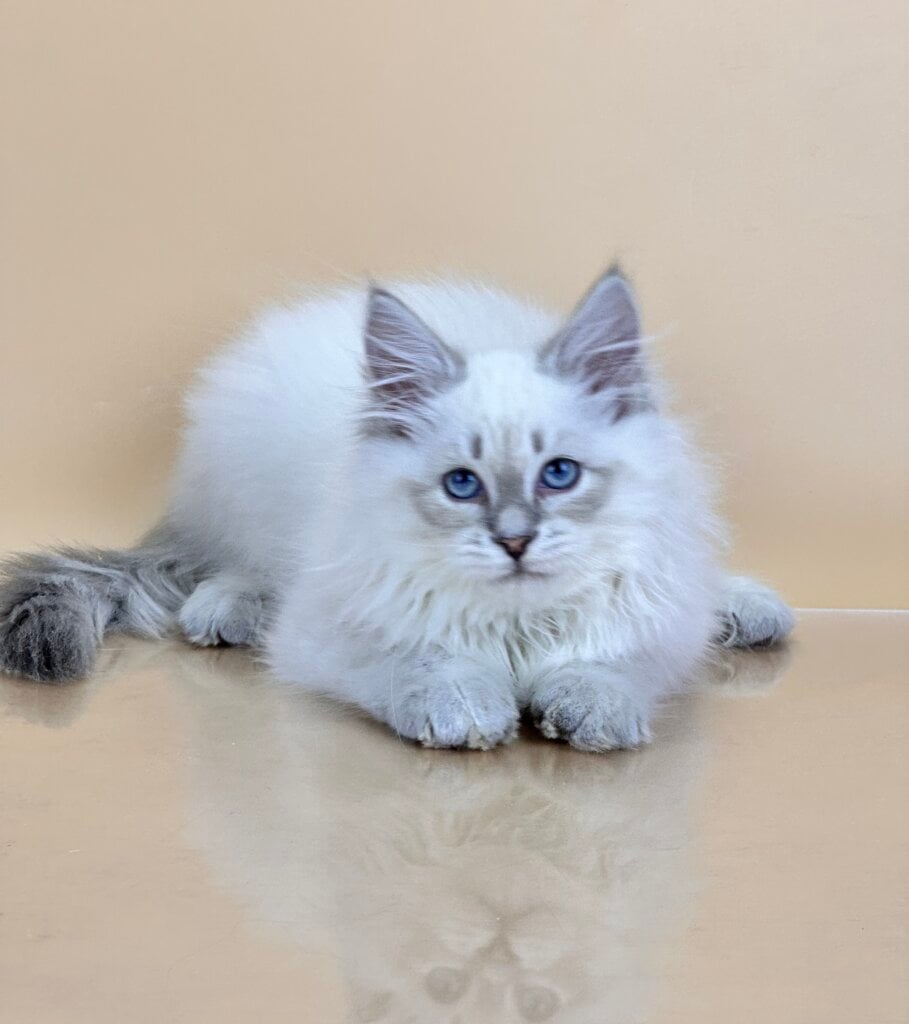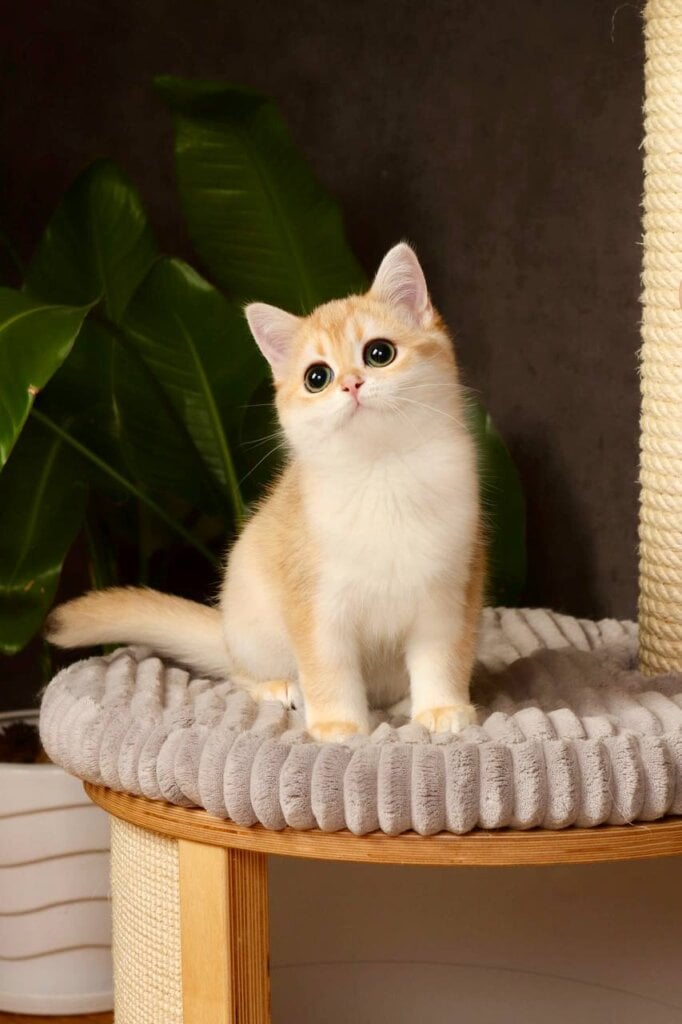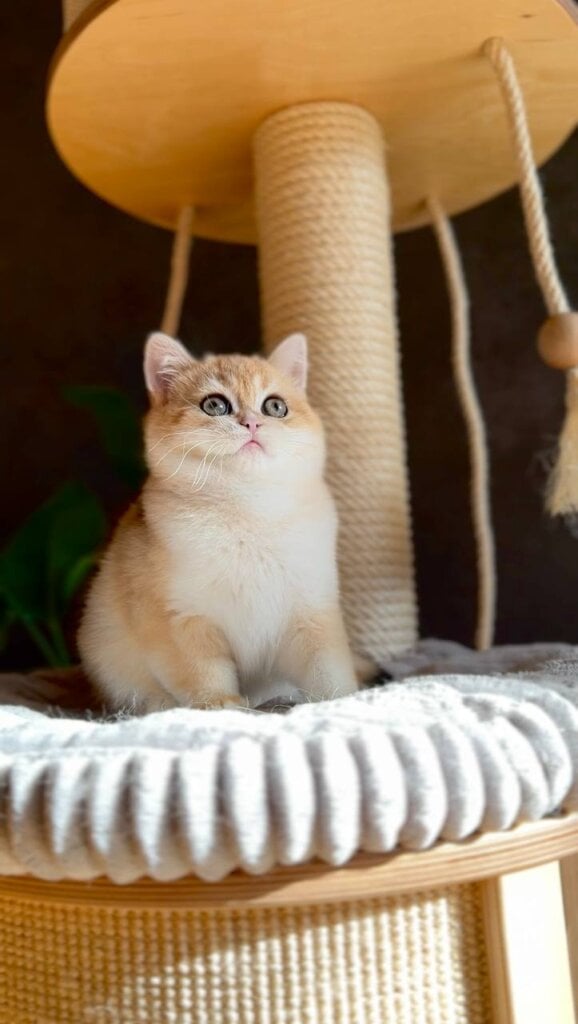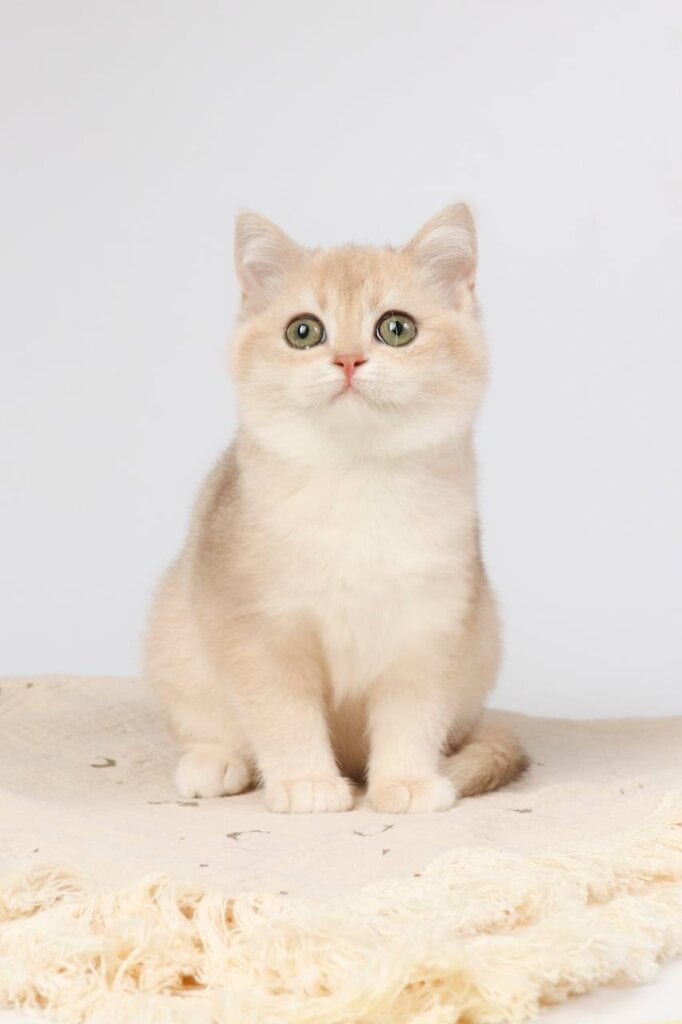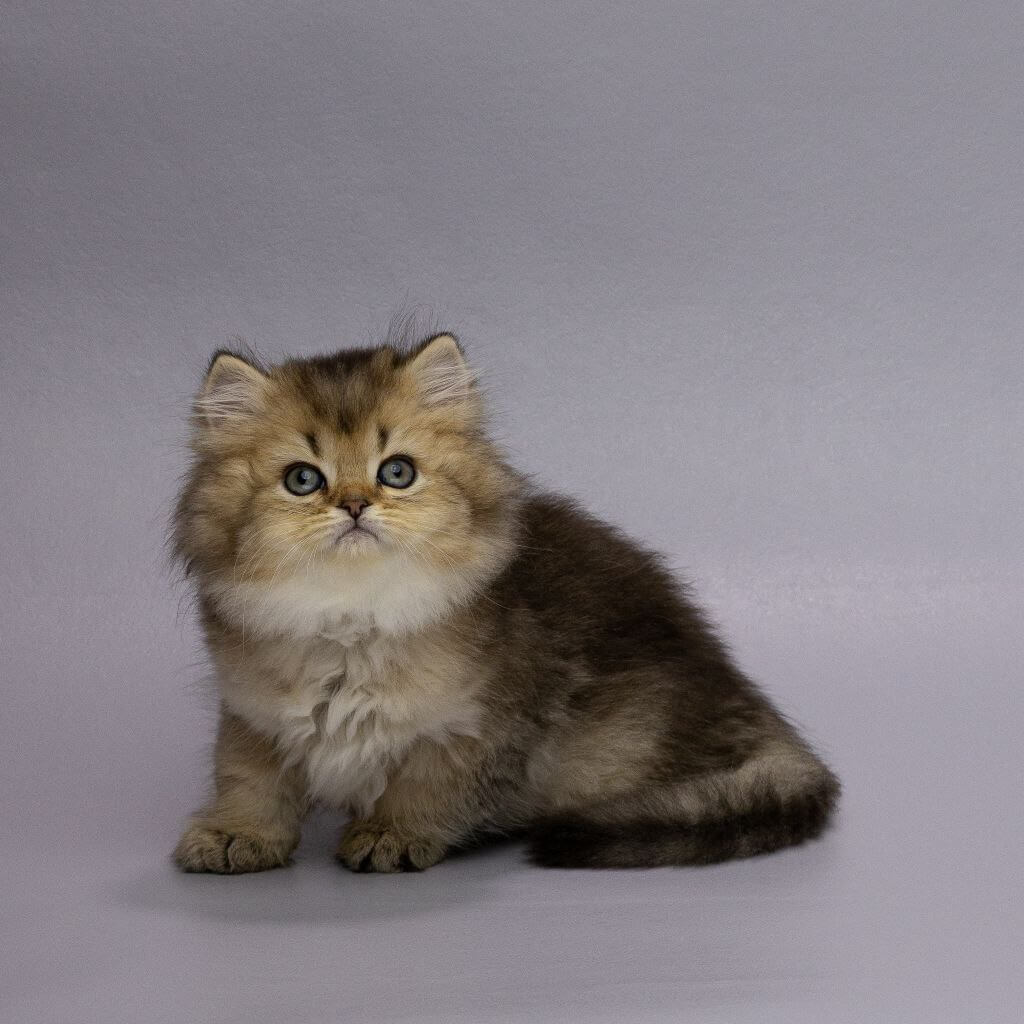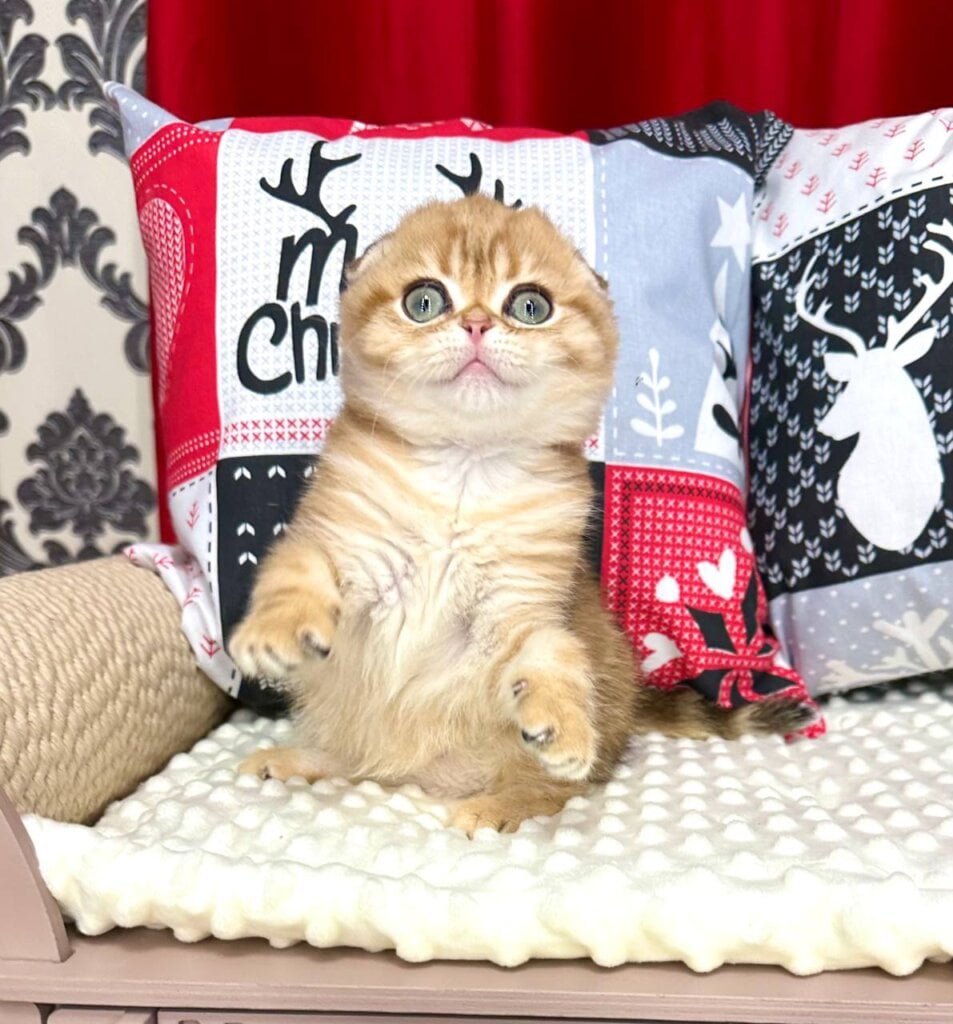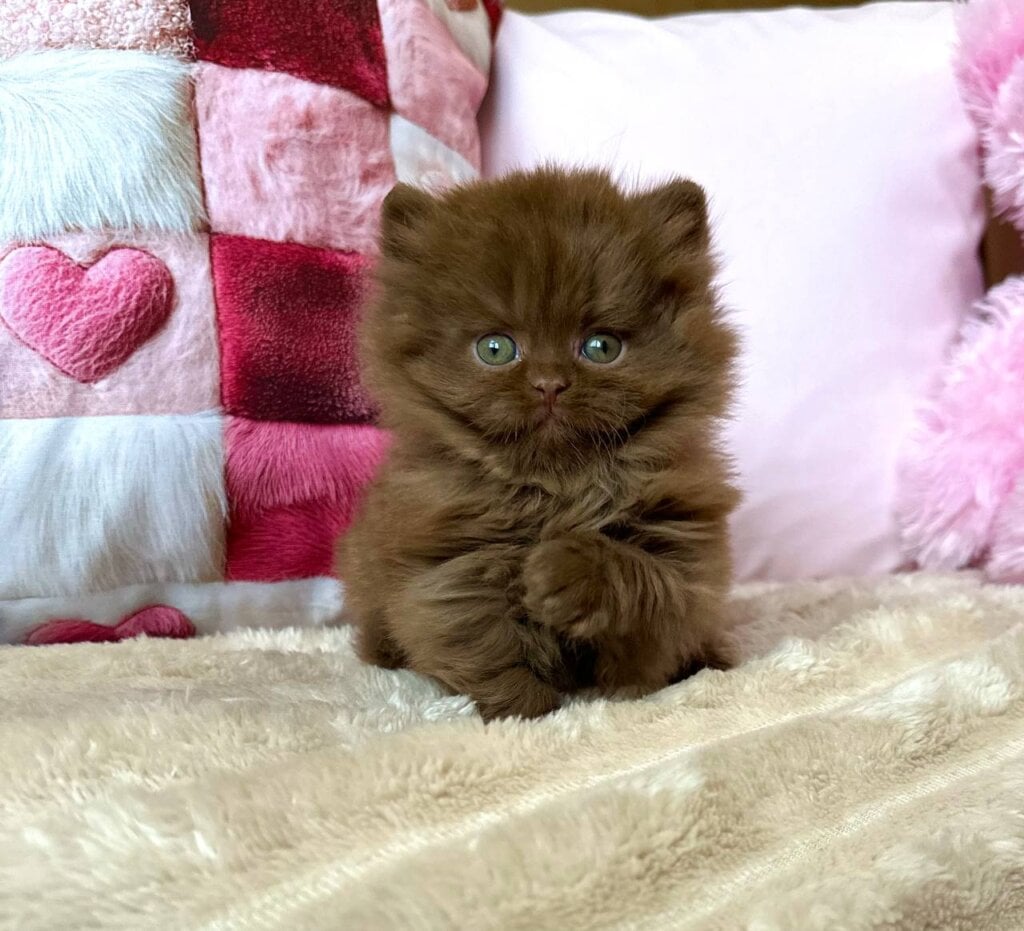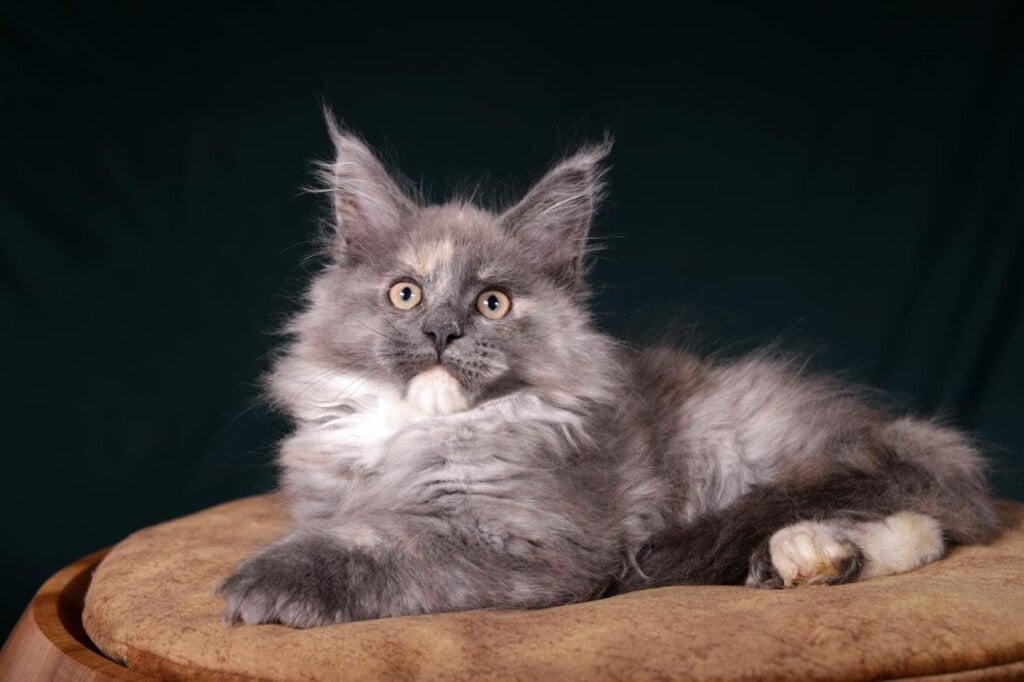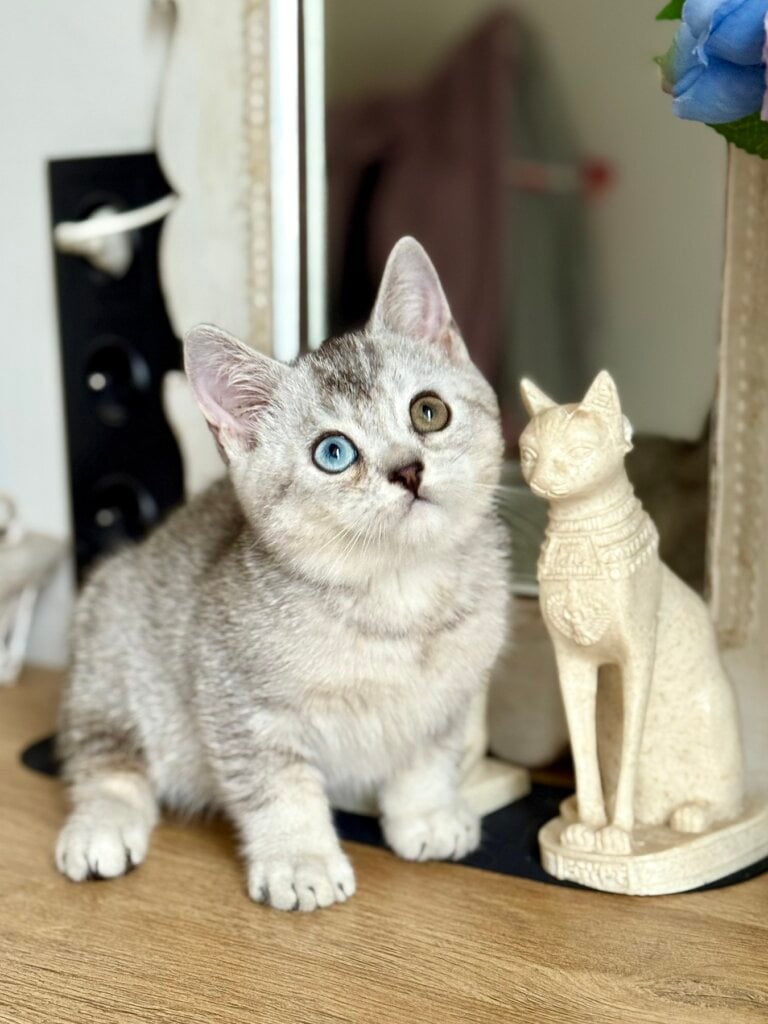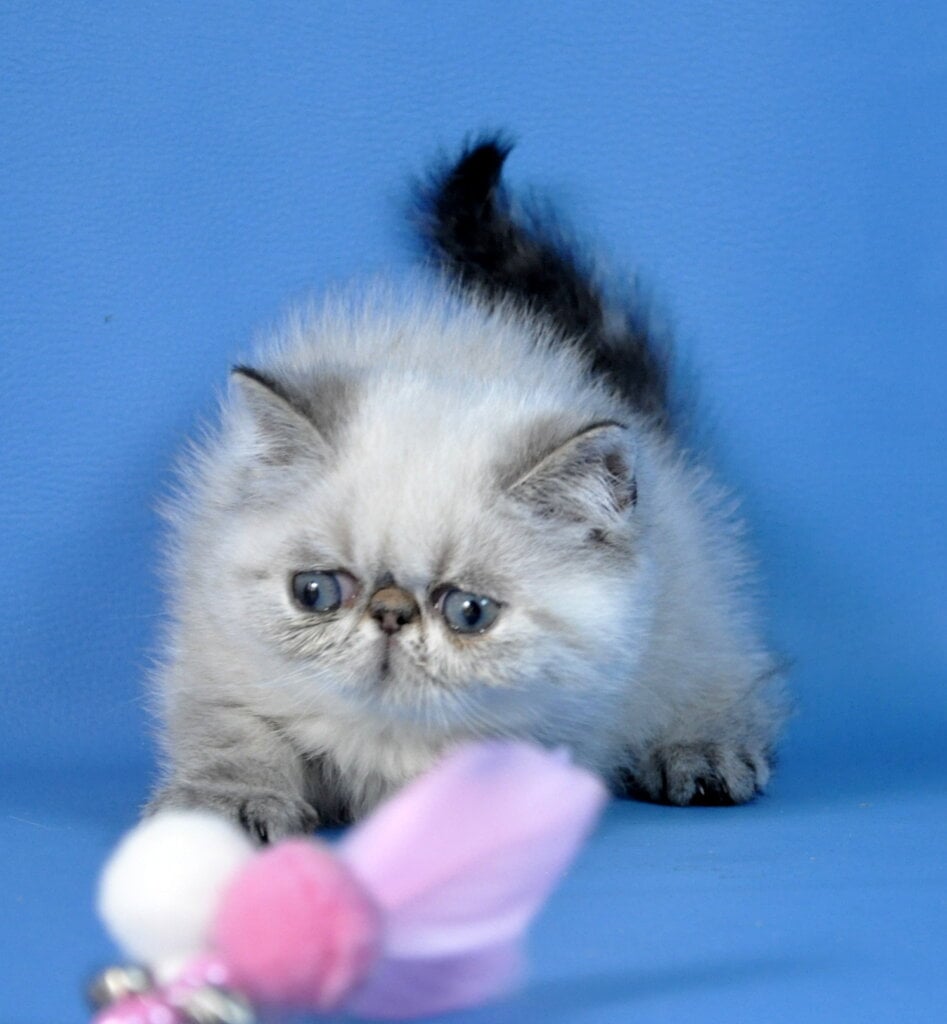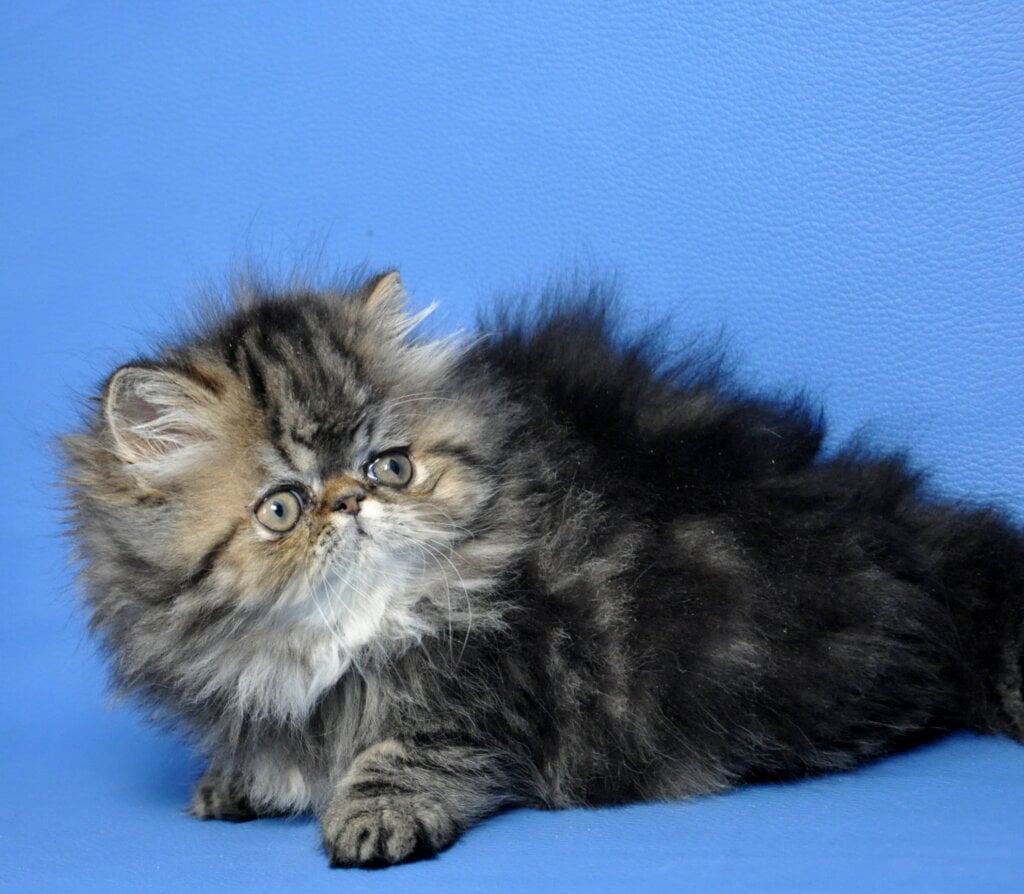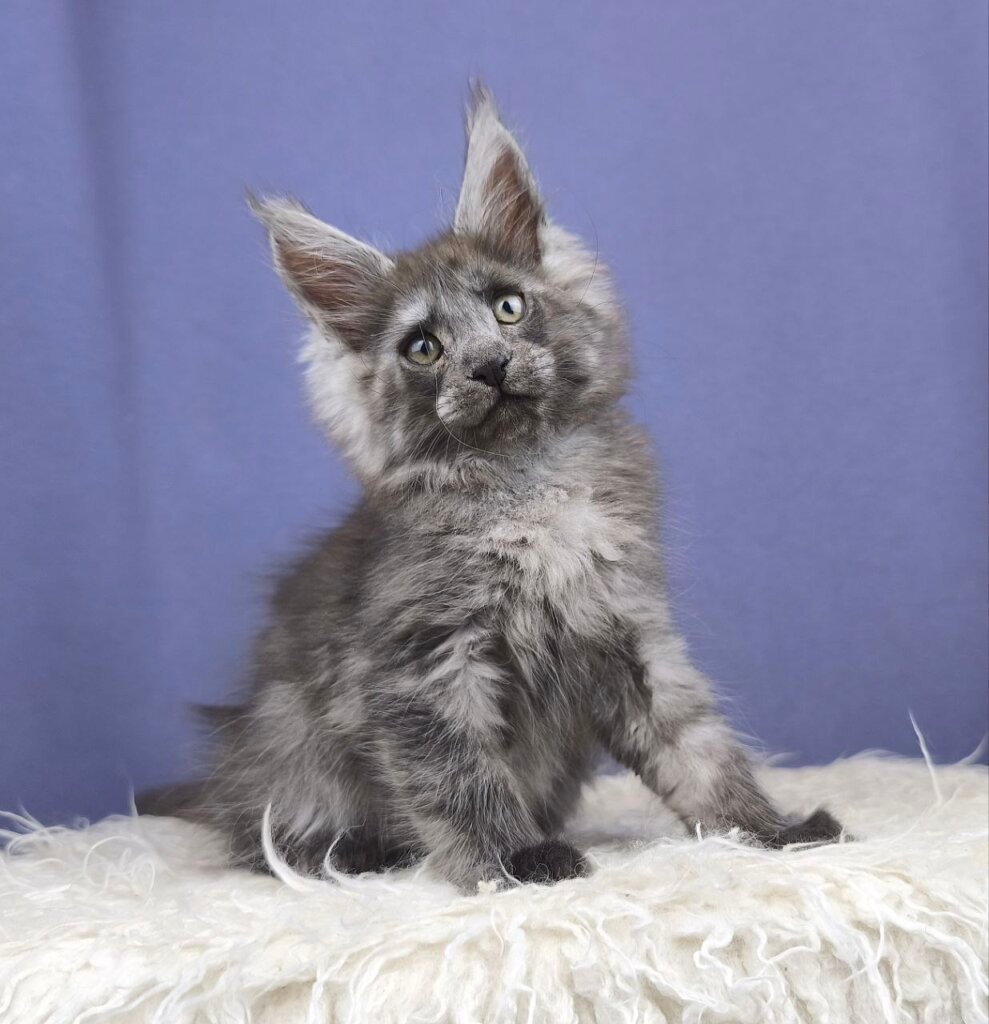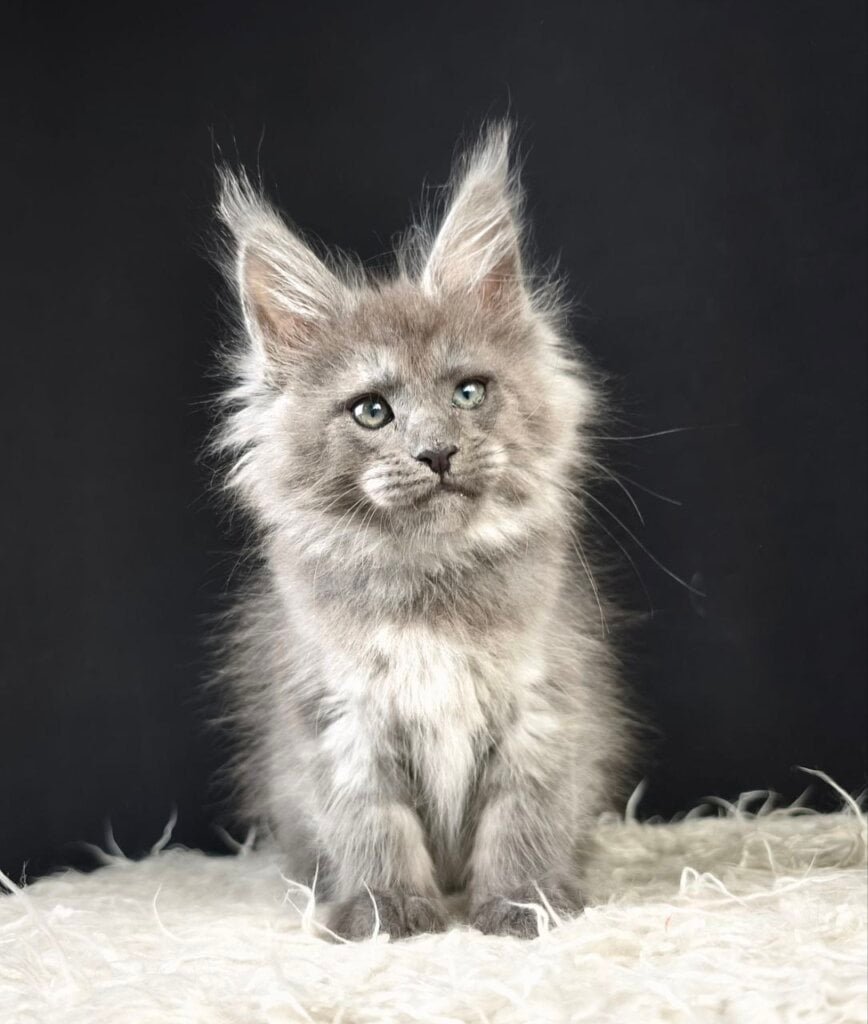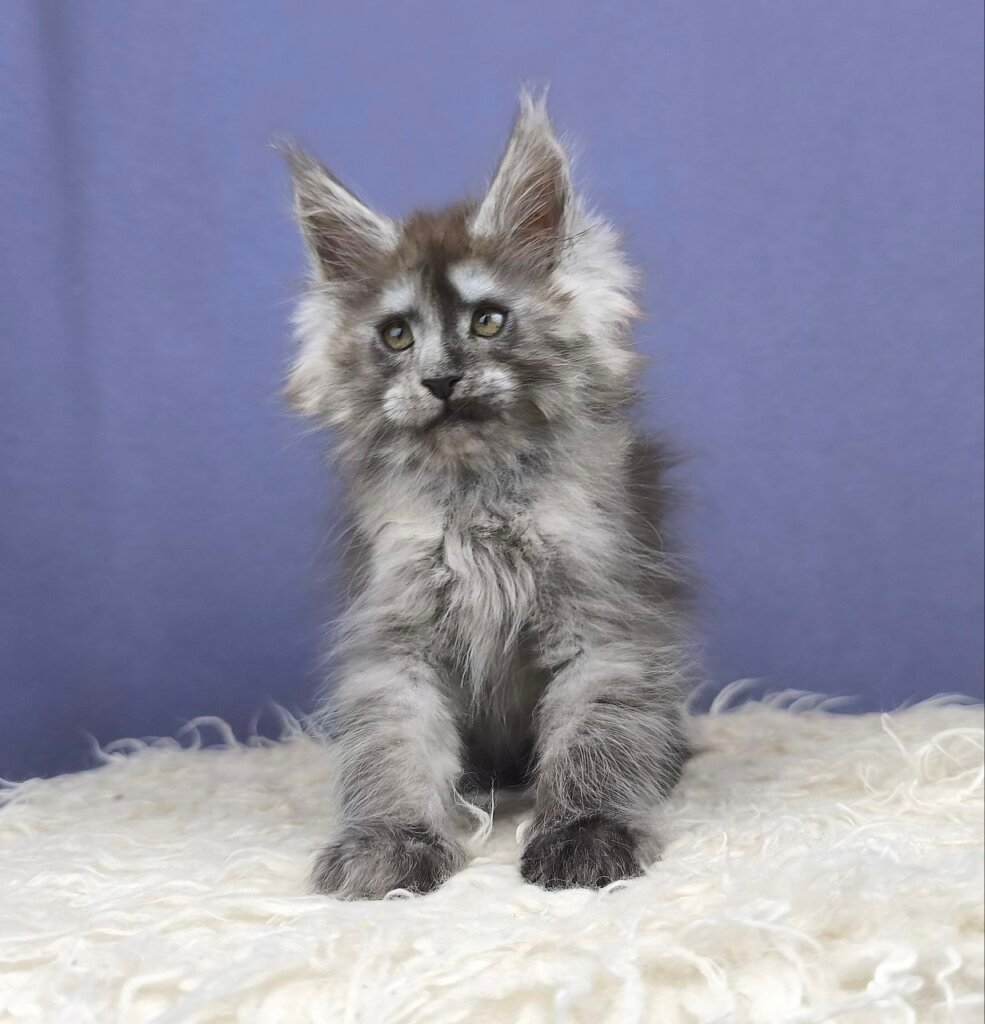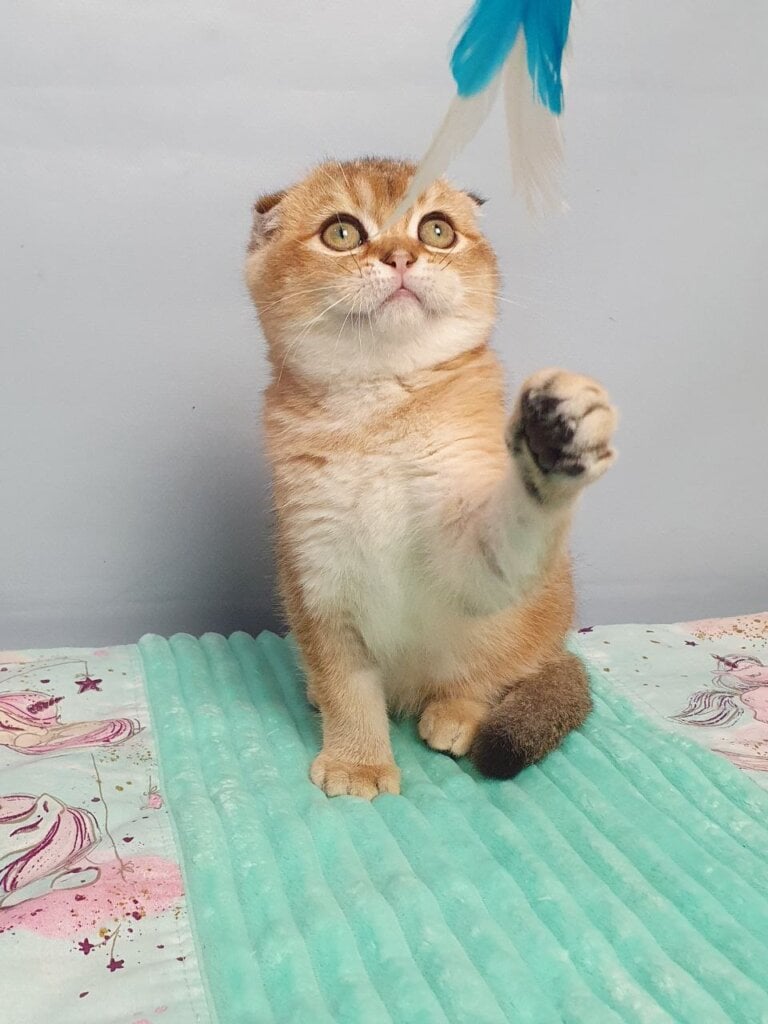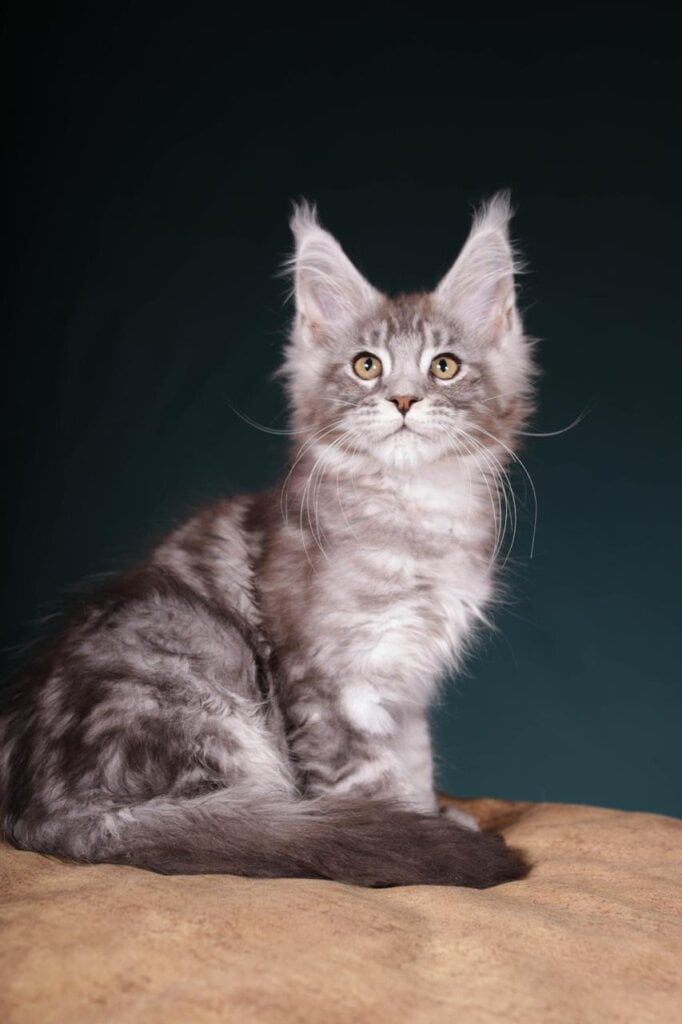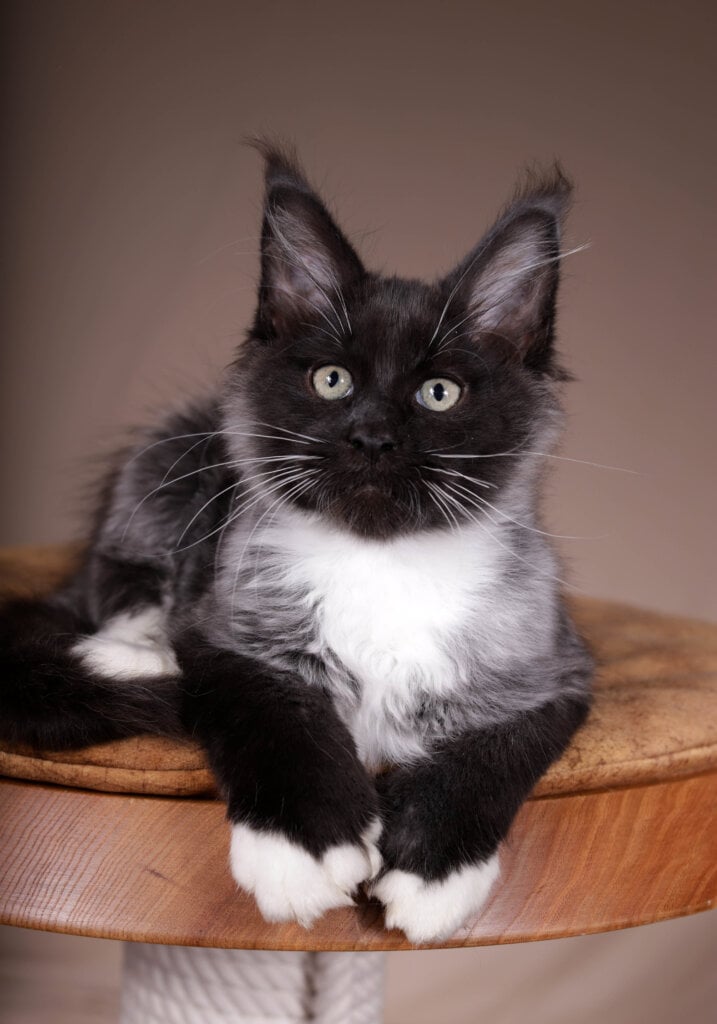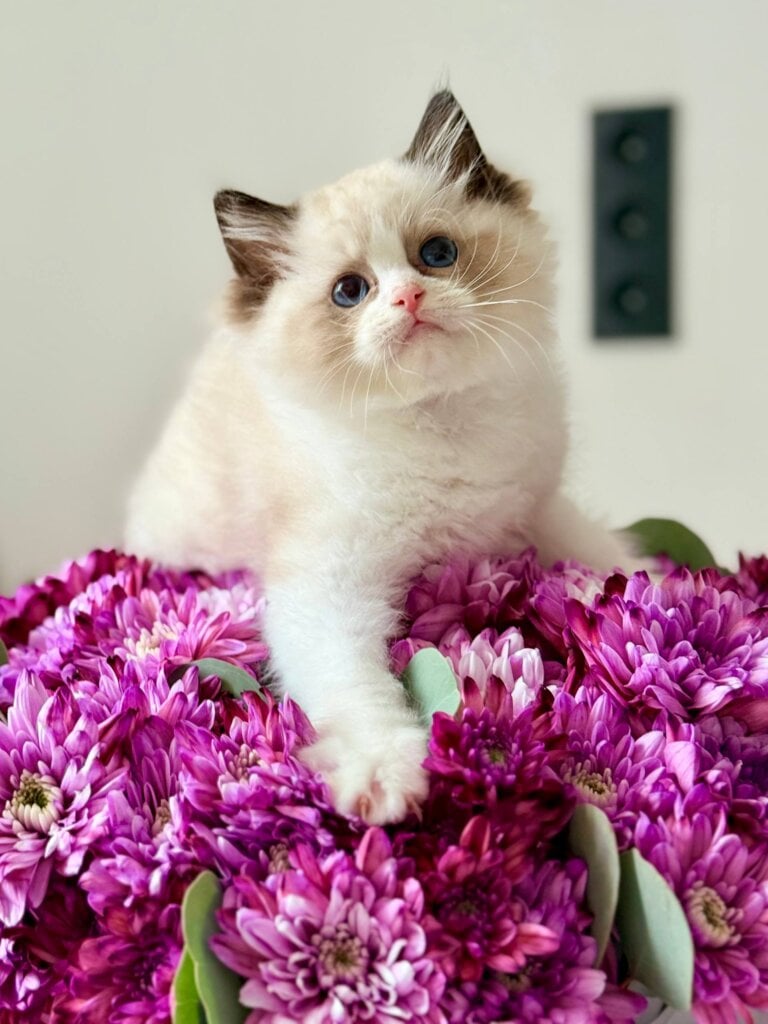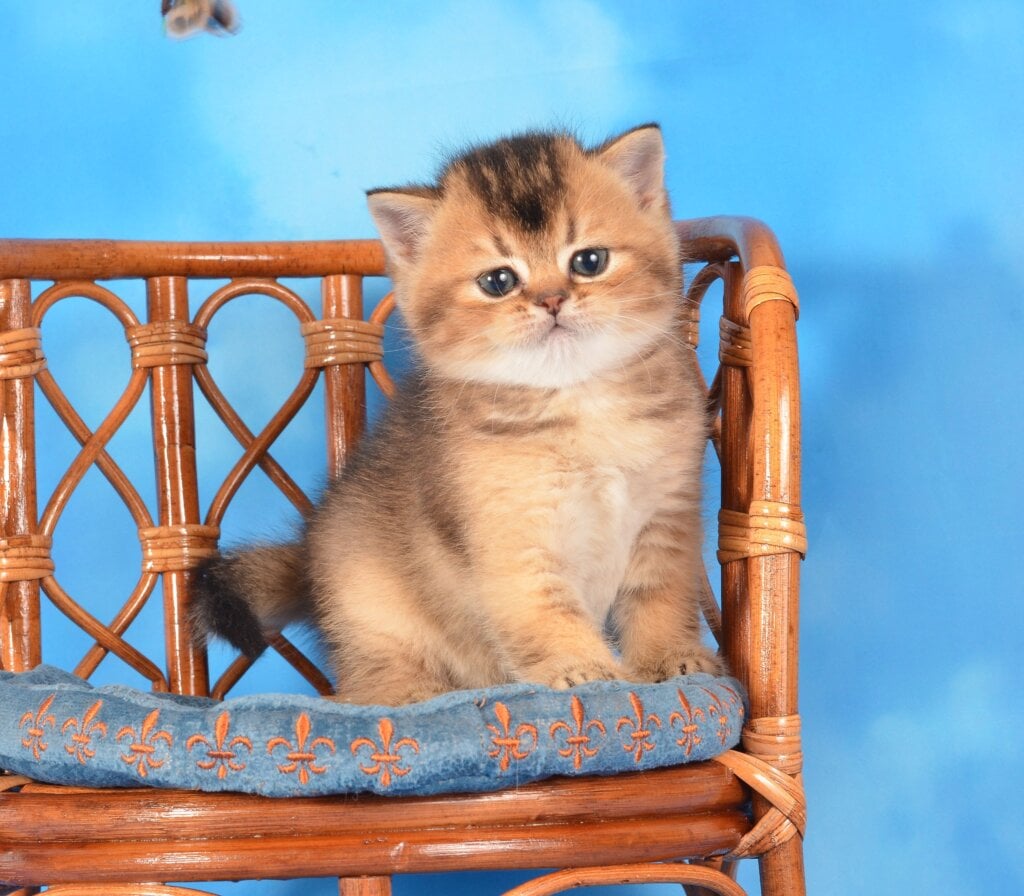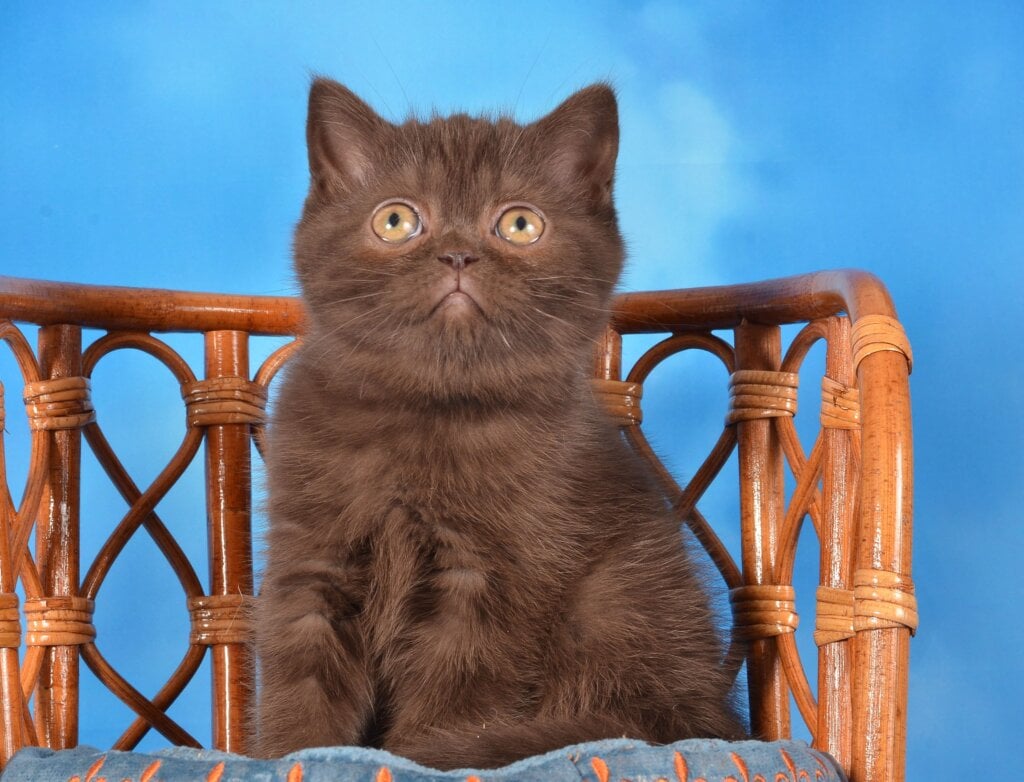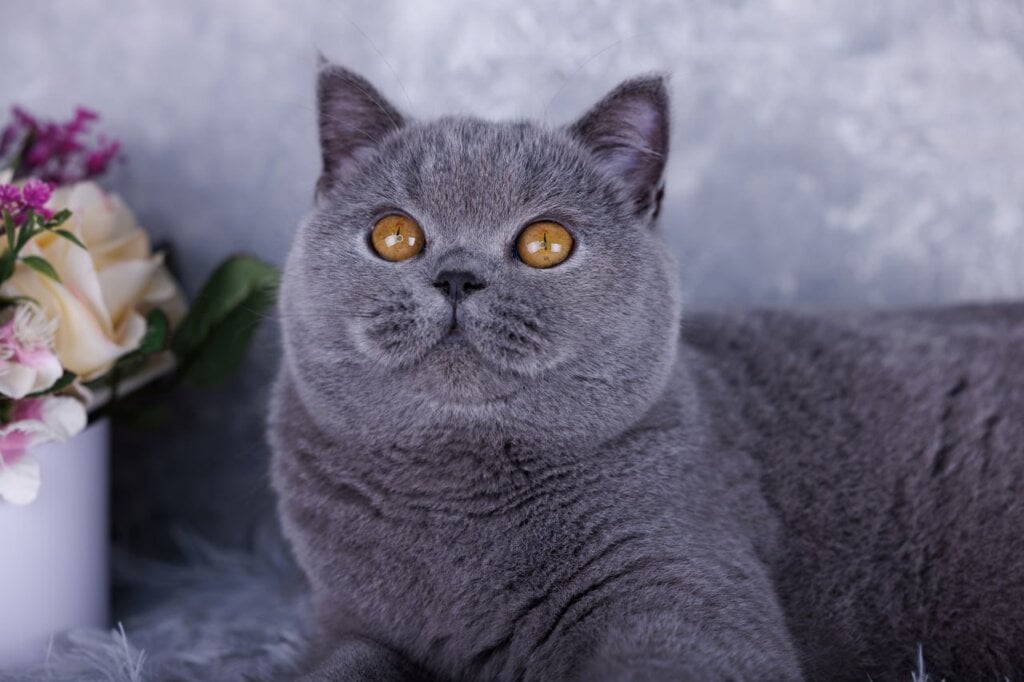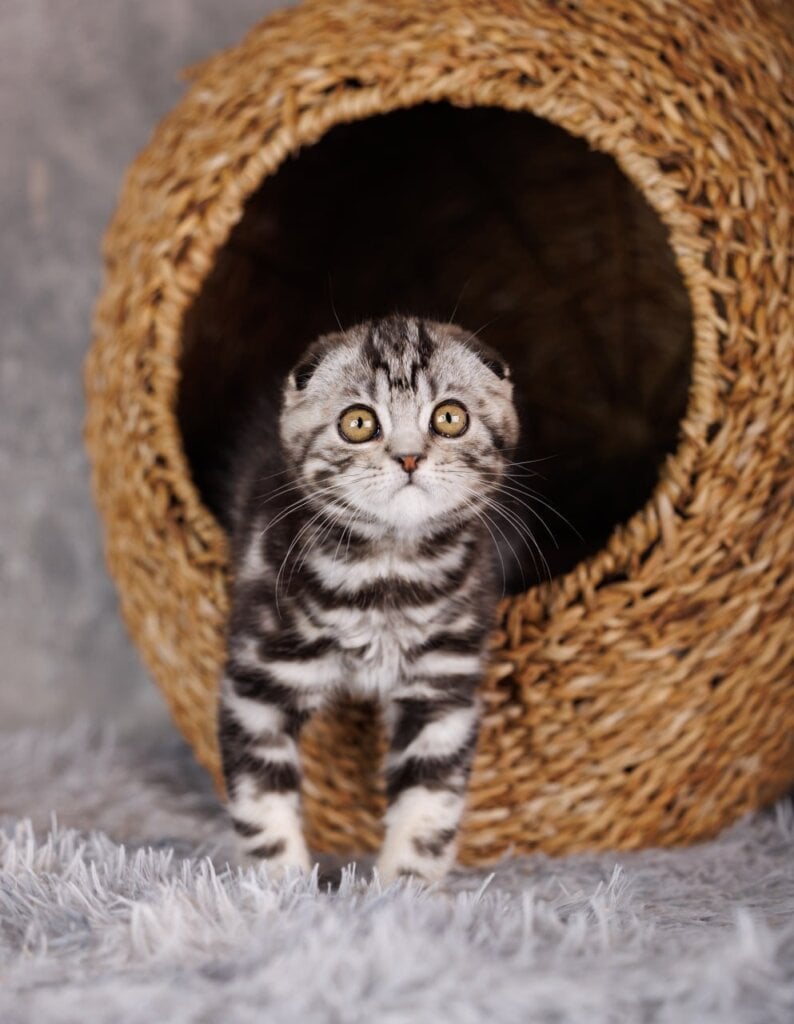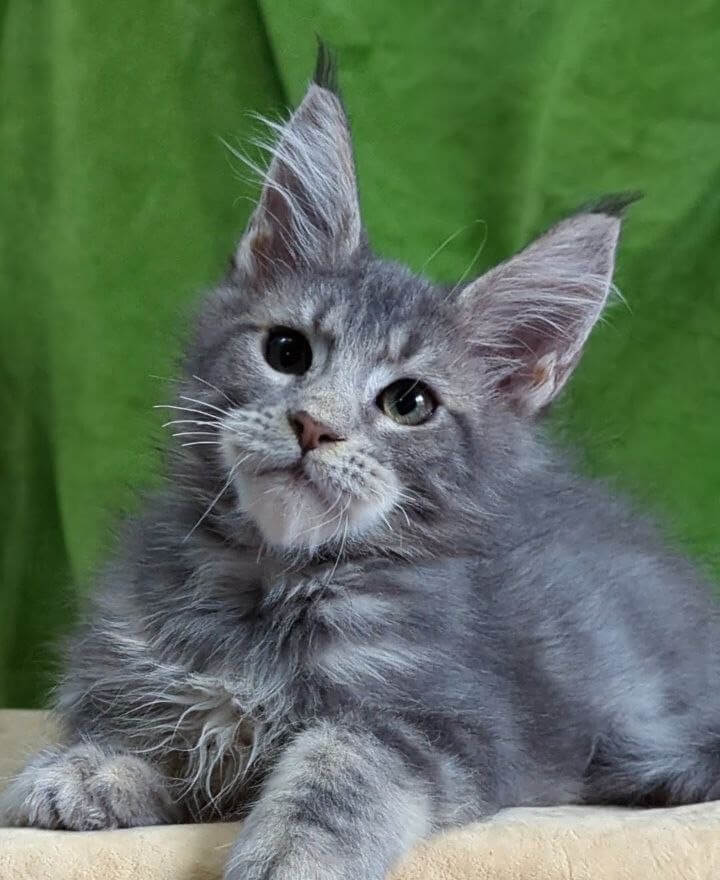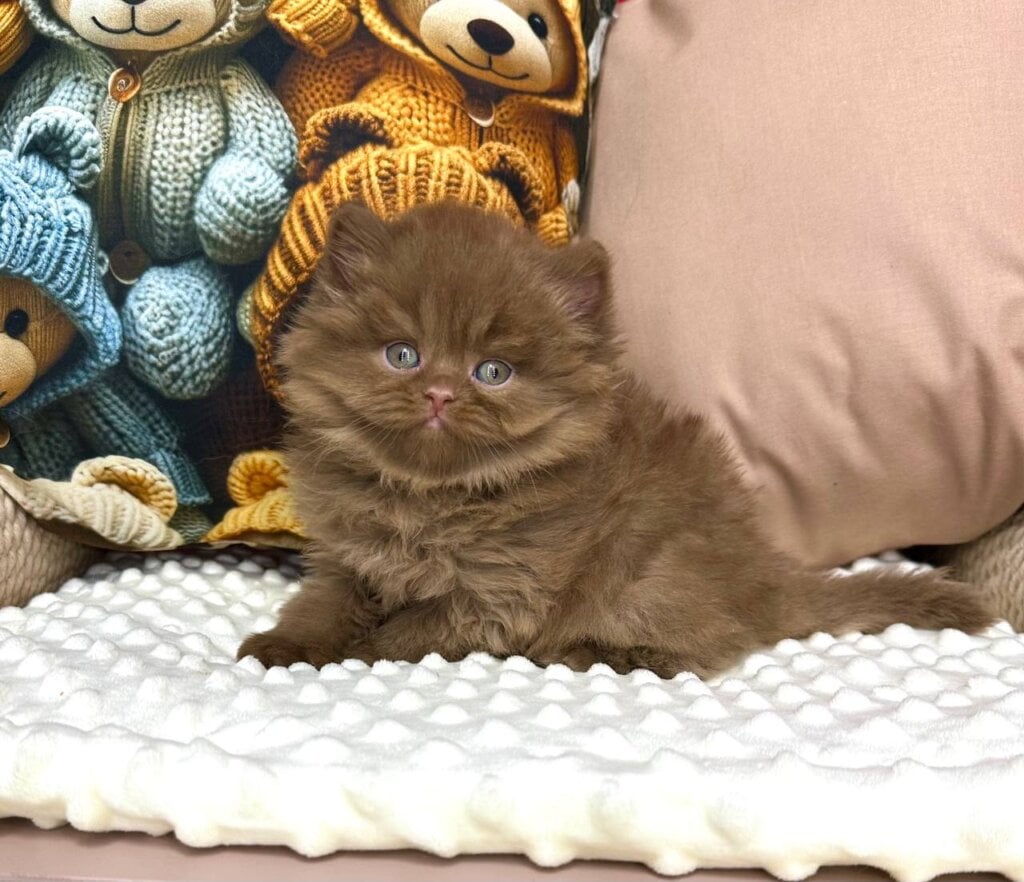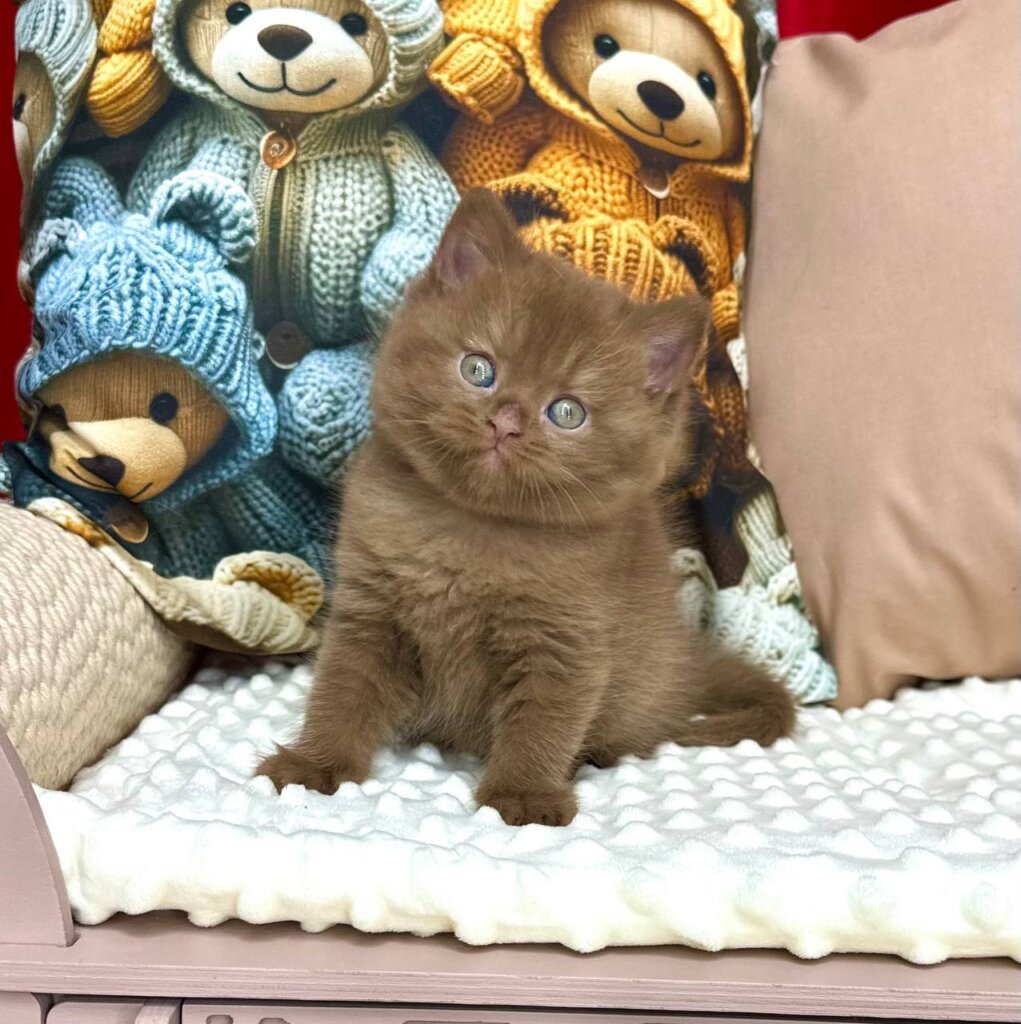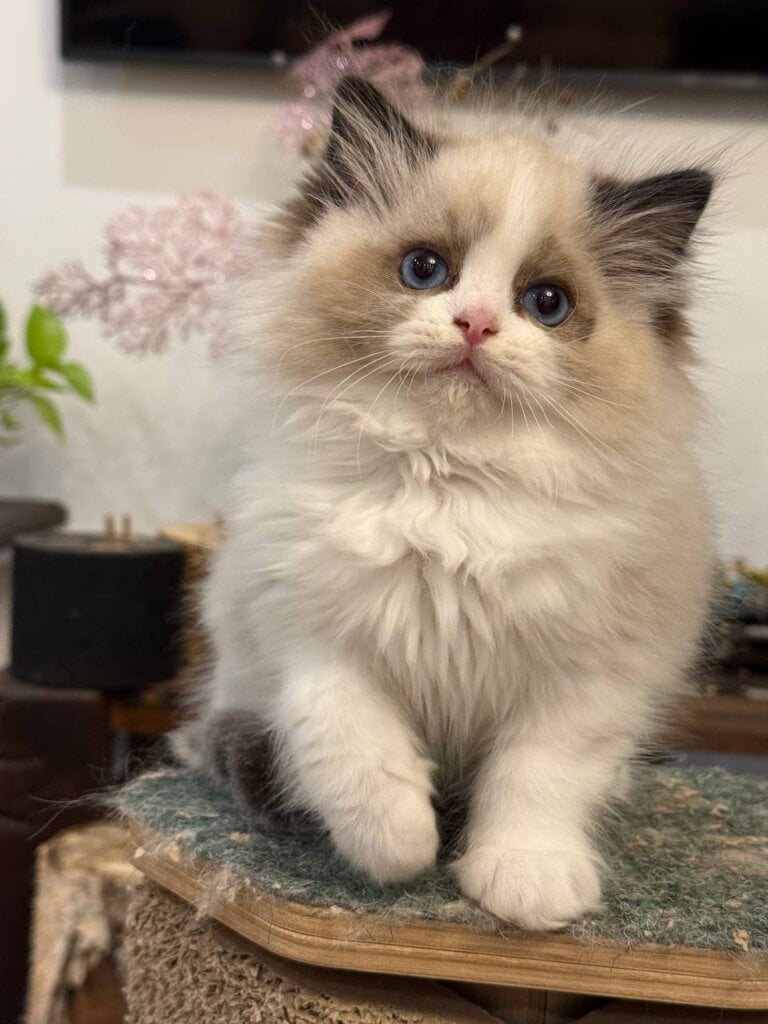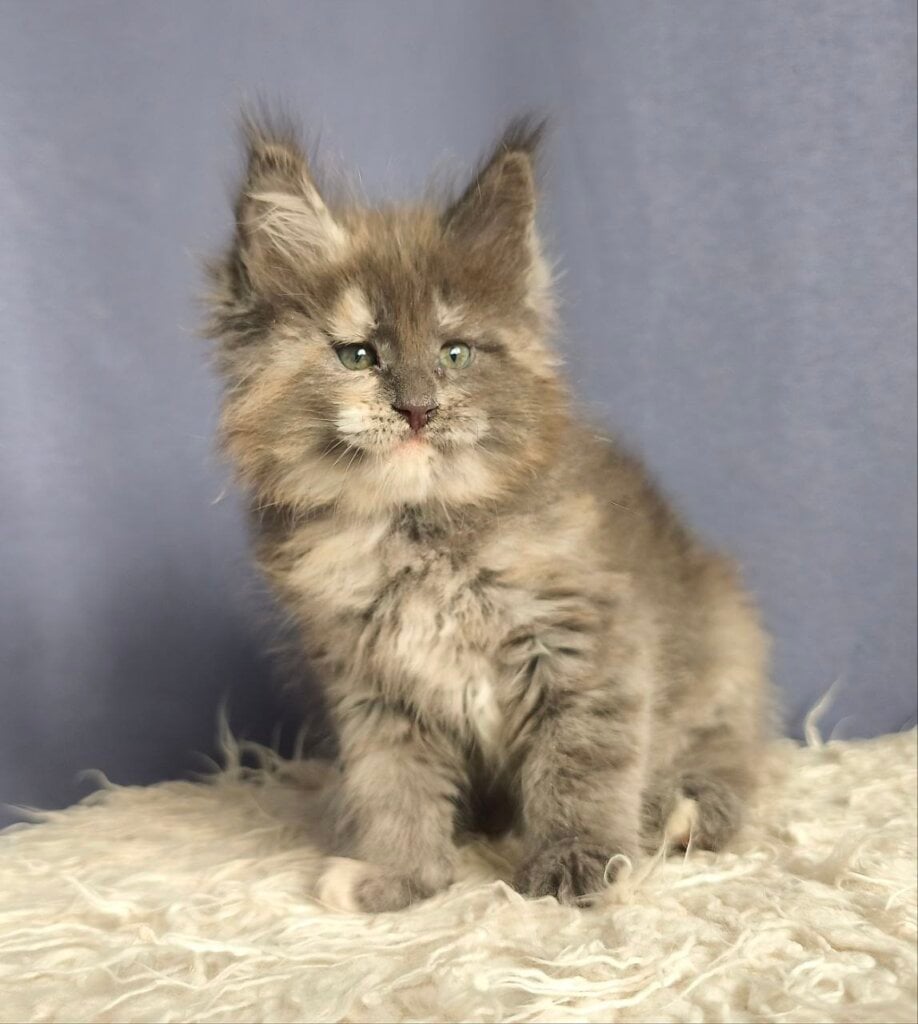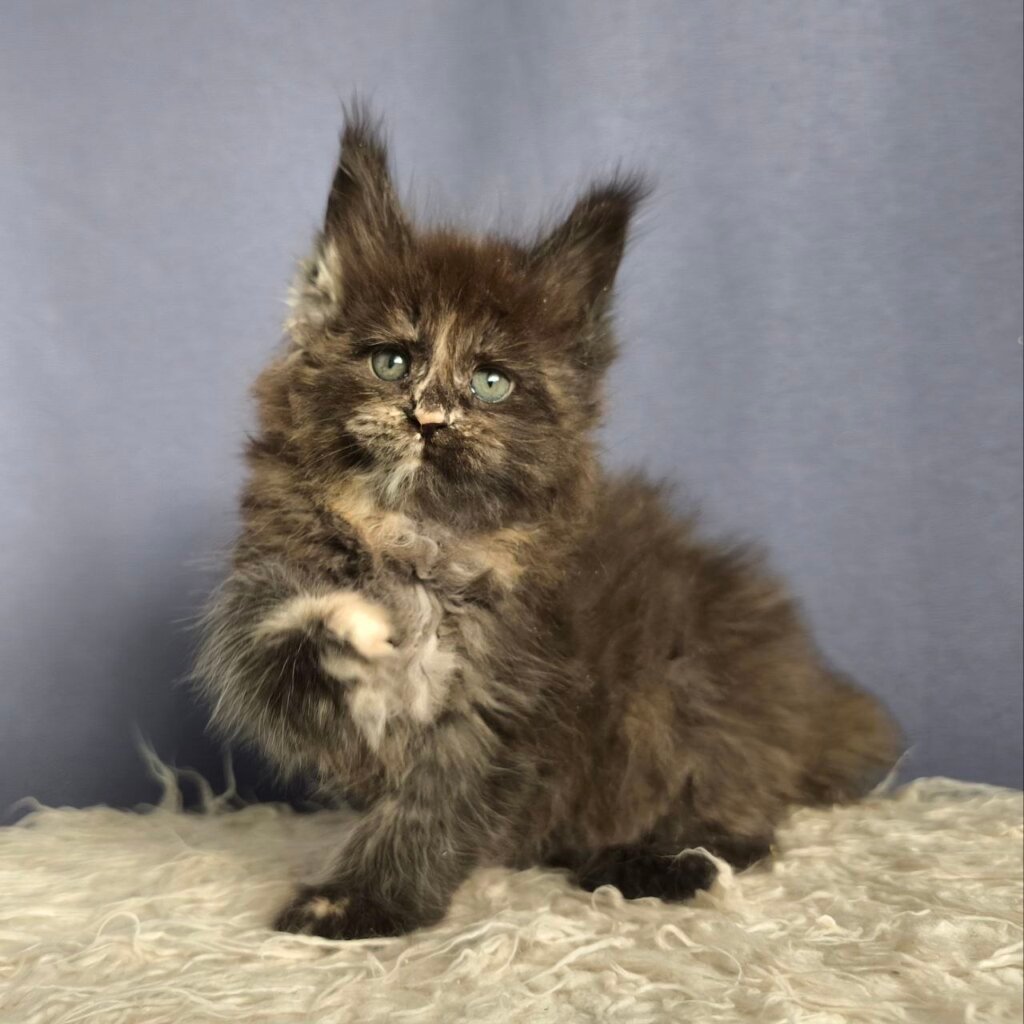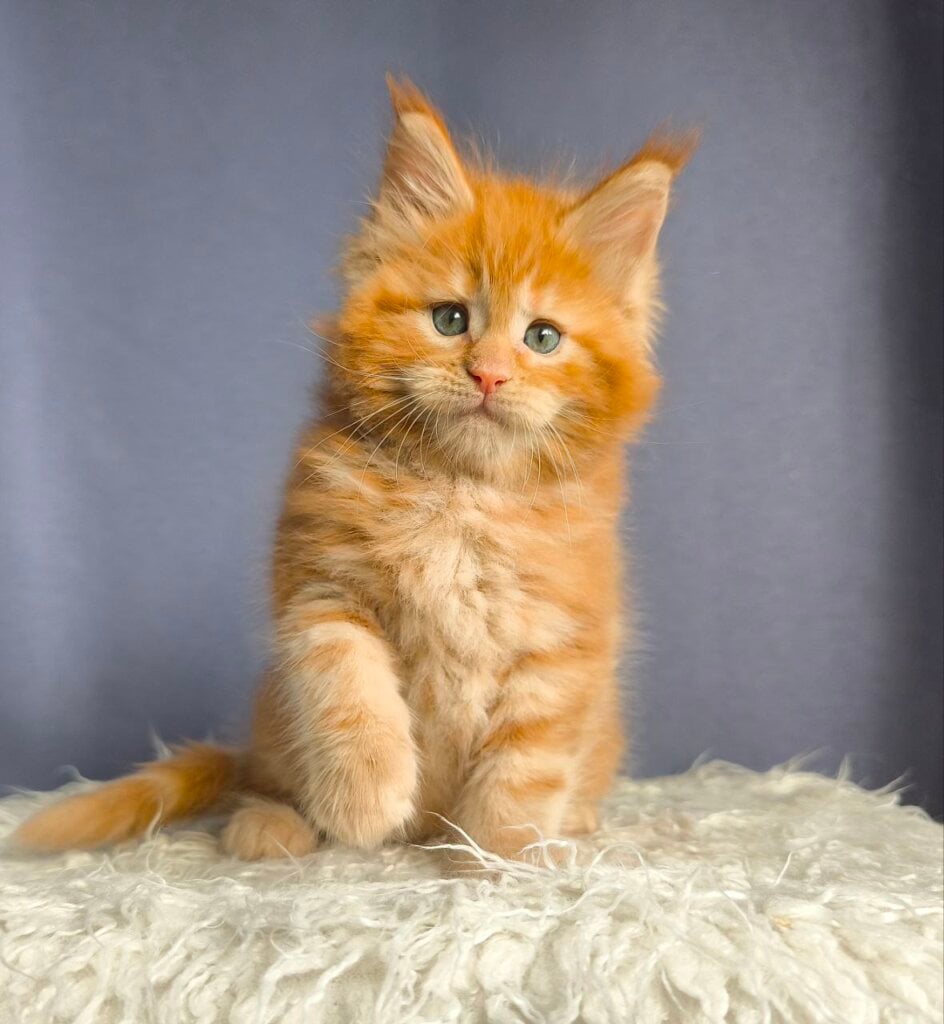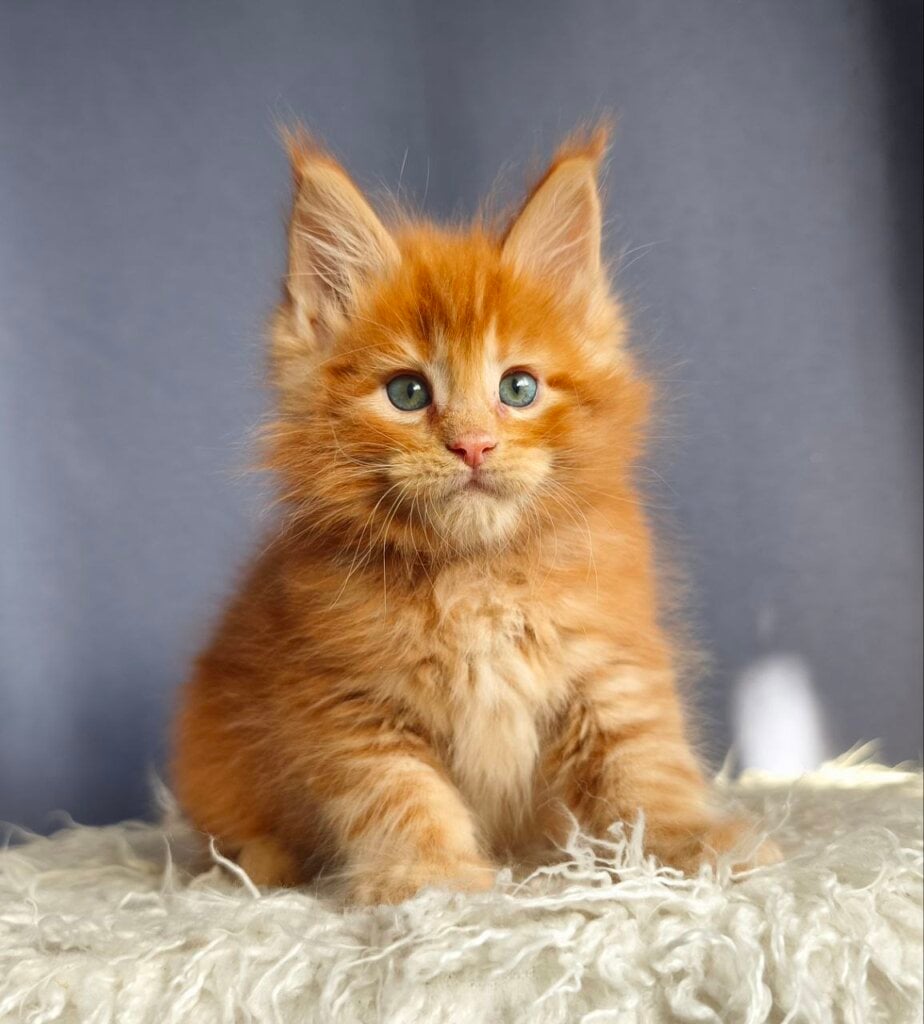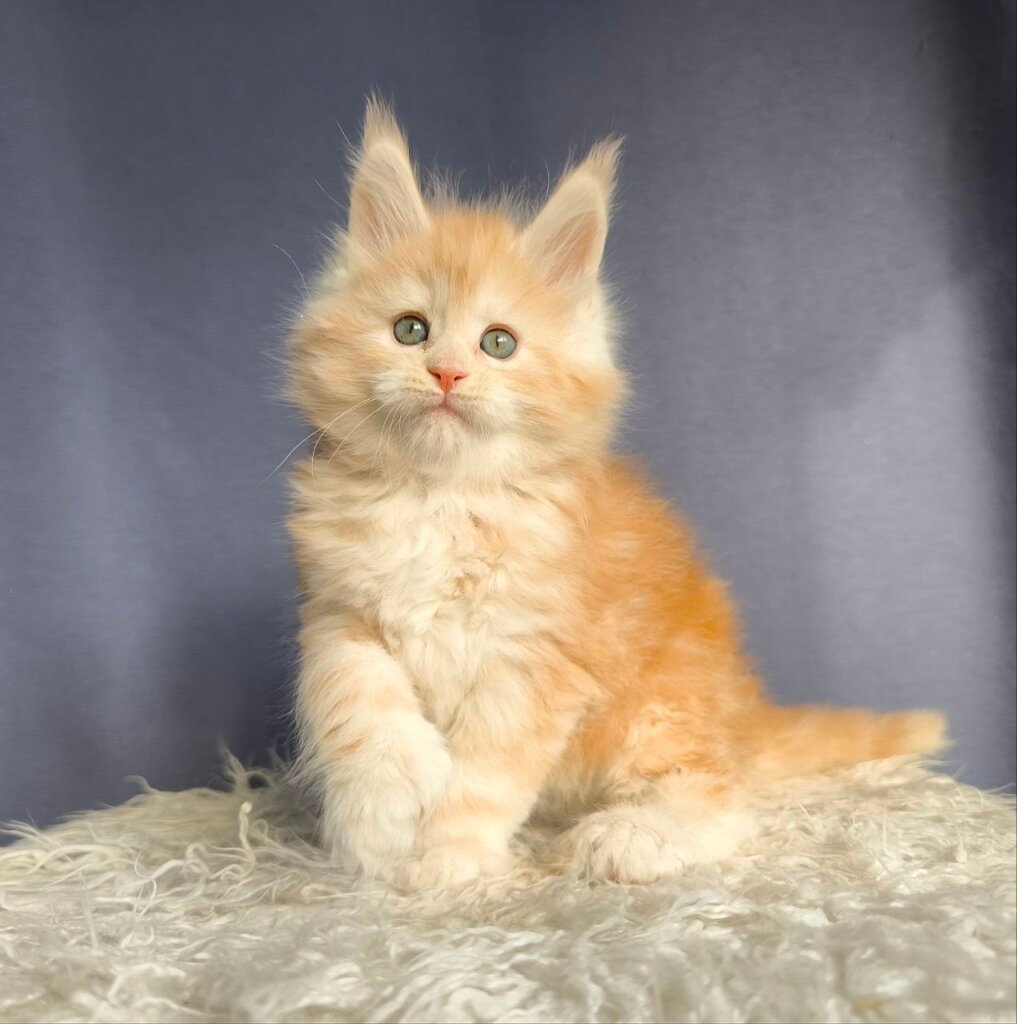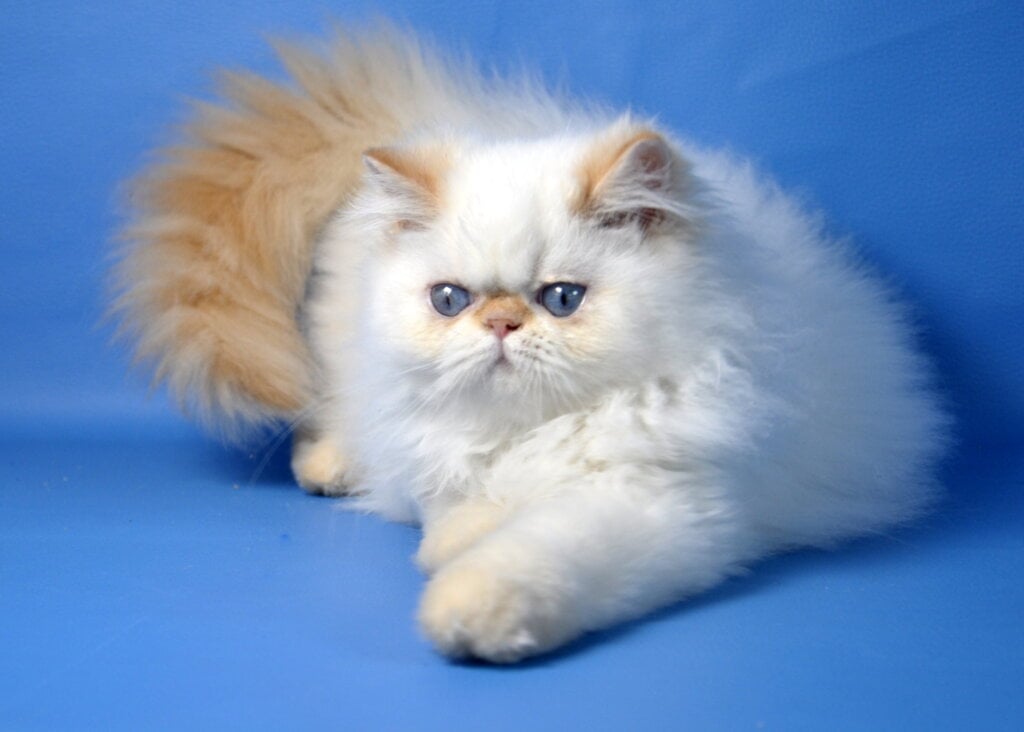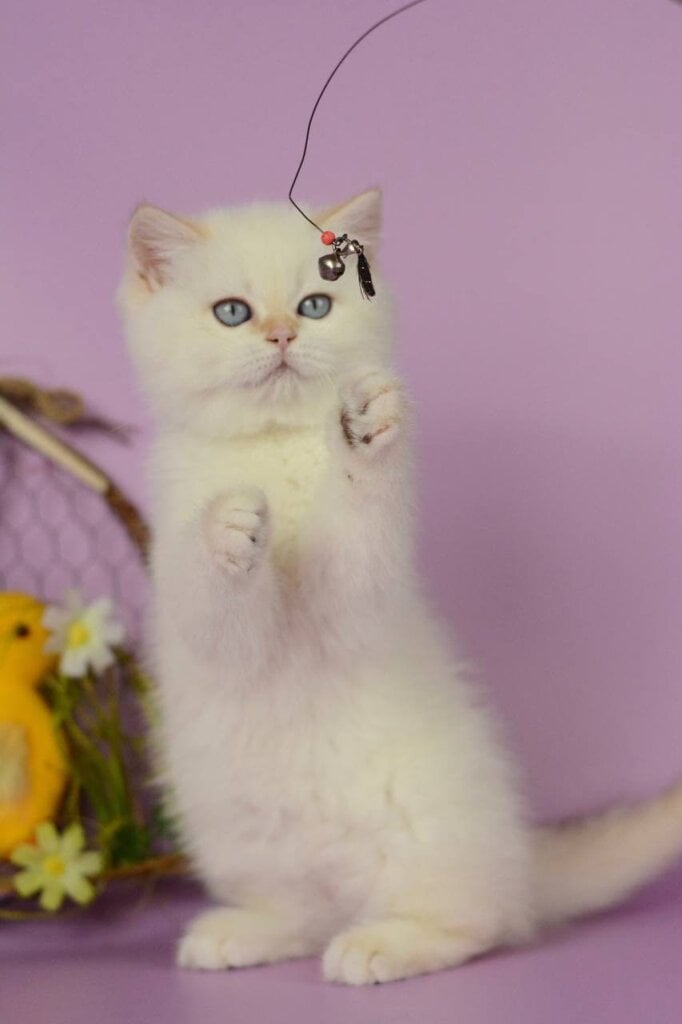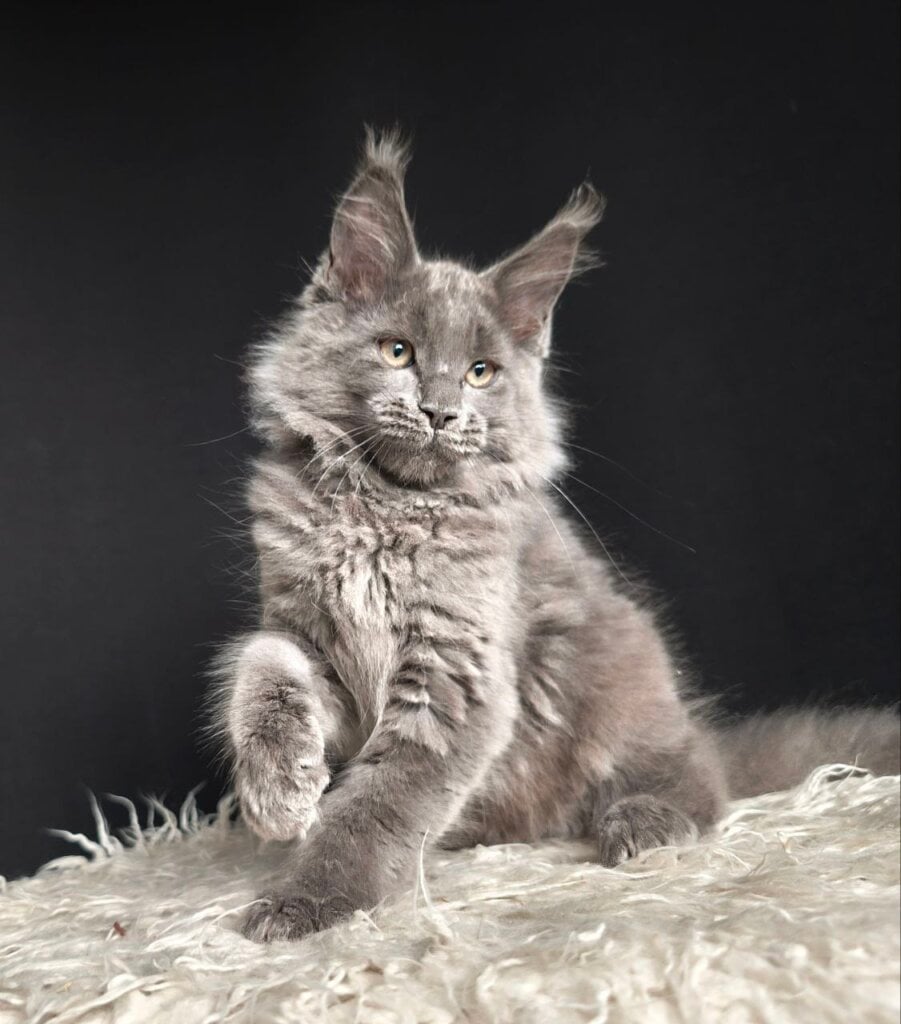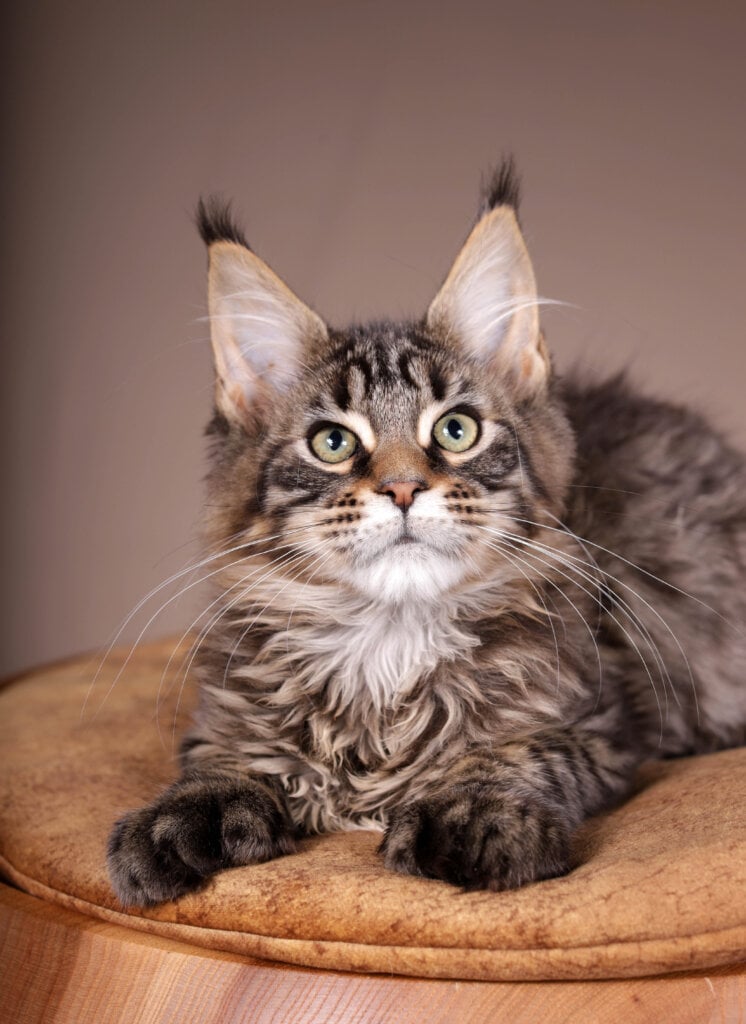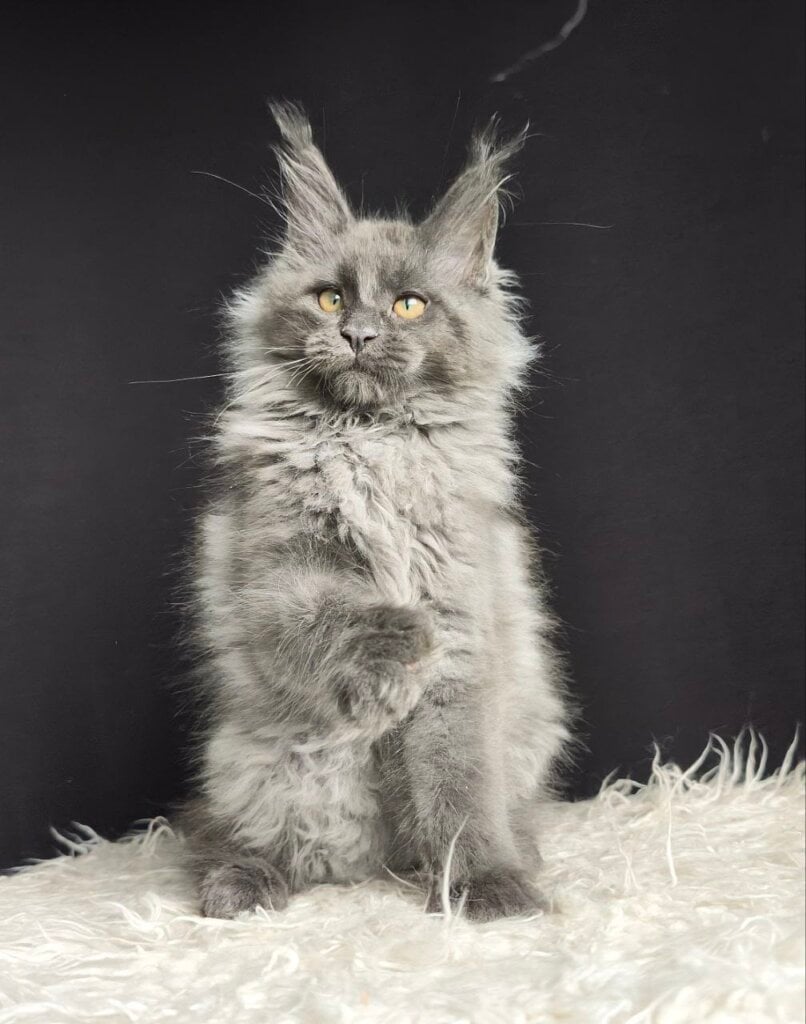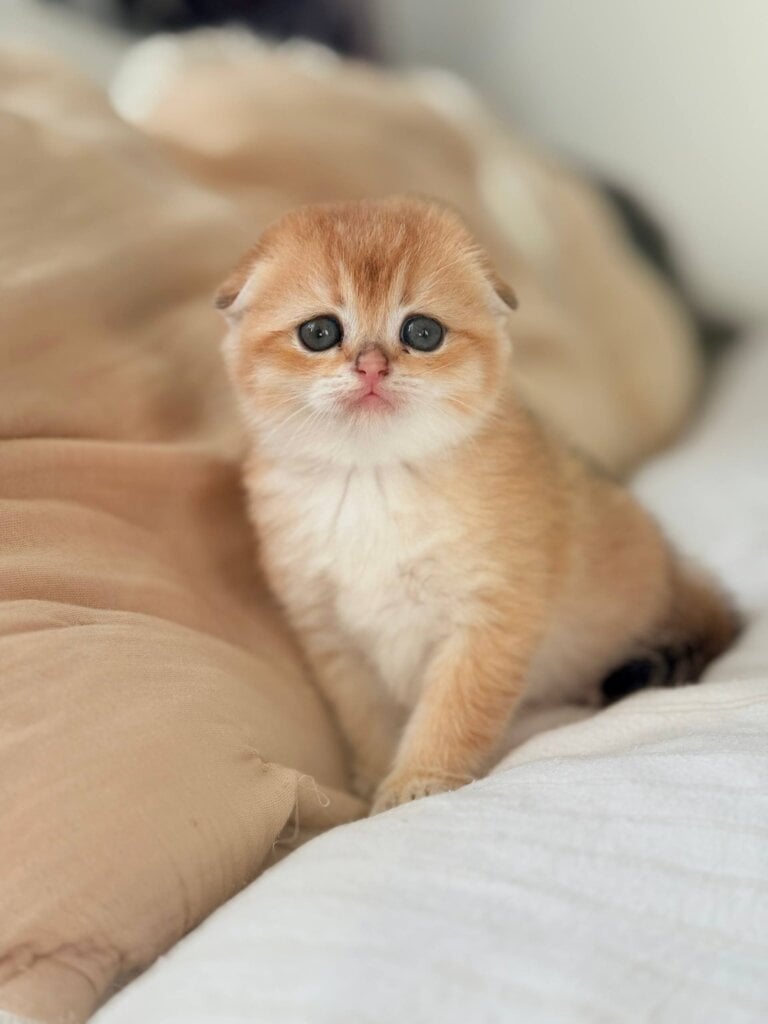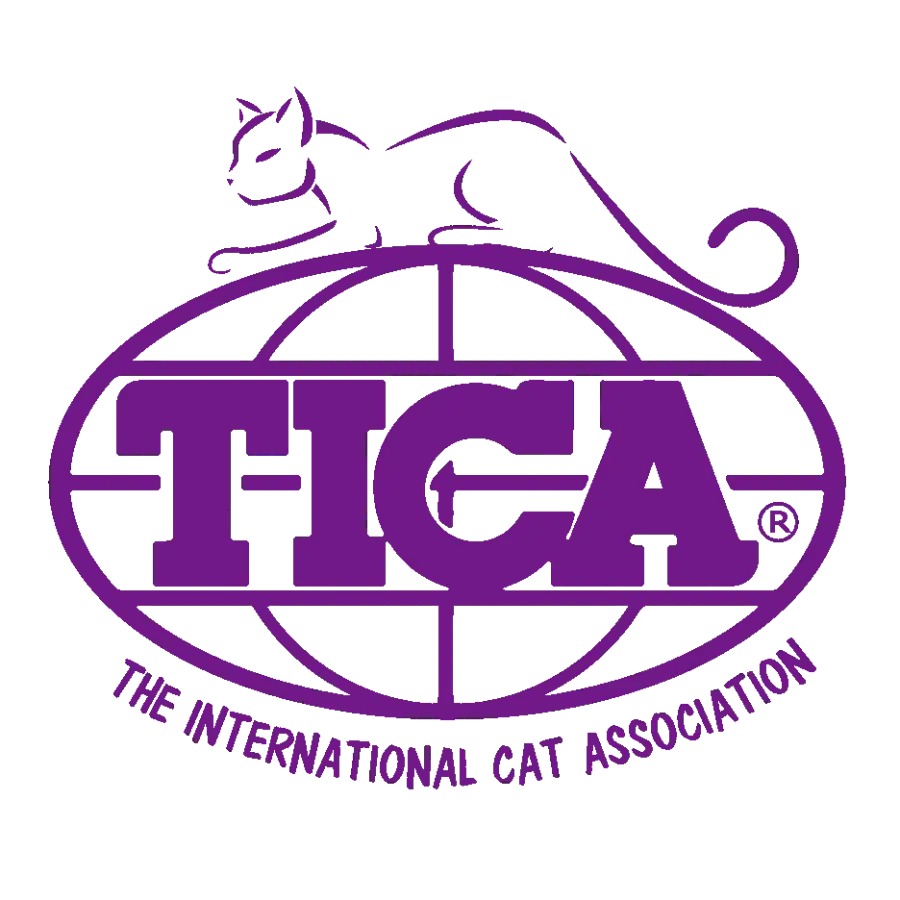How Seasonal Trends Affect Kitten Prices
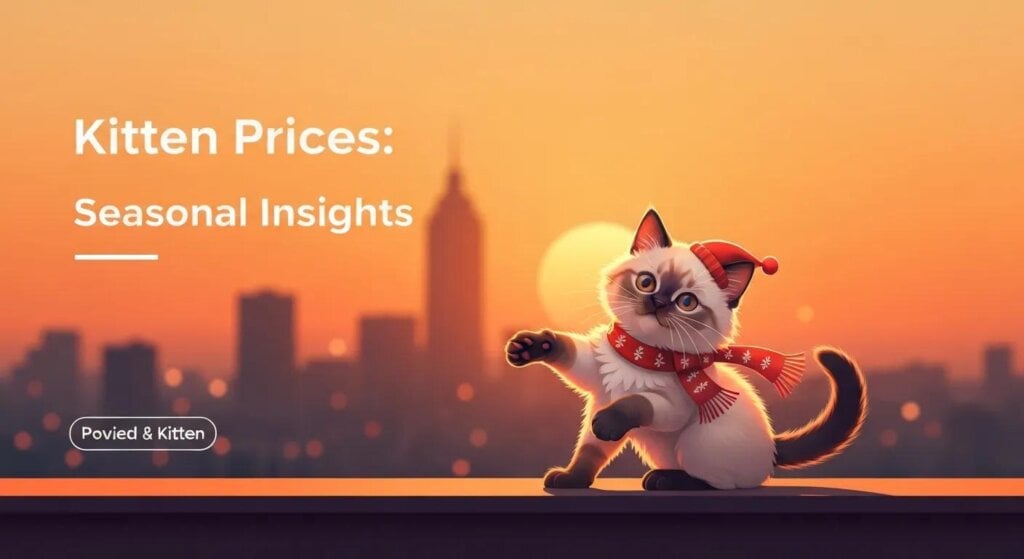
Kitten Prices: Seasonal Insights
Kitten season is the recurring period when the number of kittens entering the market rises sharply, typically driven by biological breeding cycles and seasonal environmental cues; understanding this window helps you time purchases for better availability and informed budgeting. This article explains what kitten season is, why it happens, and how supply-and-demand mechanics translate into observable shifts in kitten prices, selection, and wait times. You’ll learn how breeding biology (photoperiod and estrus cycles), regional climate differences, and market drivers such as veterinary costs and consumer preferences combine to influence price trends in 2025 and beyond. Practical sections cover breed- and city-specific demand patterns, the principal non-seasonal cost components of purebred kittens, and an itemized, EAV-style view of what buyers actually pay for. We’ll also explain how reputable breeders approach seasonality—why shelter fees may fluctuate more than ethical breeders’ pricing—and provide actionable timing and vetting tips so you can balance cost, pedigree, and long-term health outcomes.
What Is Kitten Season and How Does It Influence Kitten Prices?
Kitten season refers to the months when most cats give birth, increasing supply of kittens and often easing short-term price pressure in some segments of the market. The mechanism is biological: longer daylight and warmer weather trigger feline estrus cycles, producing clusters of litters in spring through early fall. For you, the result is improved selection and more litters to choose from during peak months, while off-peak windows usually offer fewer options but sometimes lower competition. Understanding this dynamic clarifies why shelter fees can drop when overcrowding peaks, while established purebred breeders maintain pricing that reflects fixed costs such as health testing and socialization, not only immediate supply. The next section gives you a concise timeline for when kitten season typically occurs and why these months matter for availability.
When Does Kitten Season Occur and Why?
Kitten season most commonly begins in early spring and runs through late summer or early fall, though regional climate can shift the peak earlier or later. Photoperiod — the increasing hours of daylight — stimulates reproductive hormones in cats, shortening intervals between estrus cycles and creating a concentration of births. Nutrition and indoor living can extend or modify these natural patterns, allowing some domestic cats to produce litters outside typical months. Recognizing this timeline helps you anticipate when more litters will be available and plan for selection or waitlists accordingly.
Kitten Season Explained: Correlation Between Cat Conception and Climate
ABSTRACT: AbstractOpen intake animal shelters that take in stray and feral cats have long had to cope with a phenomenon known as “Kitten Season”, a period of time when there is a large uptick of intakes of young kittens aged 0-6 months old. This typically occurs from April to October in the United States. While evidence in some other species suggests that conceptions could be related to temperature, little research has examined how conception may be related to climate conditions in cats.To determine whether cat conception is related to climate, I examine data from January 2012 and December 2020 on all cat intakes acquired from the Idaho Humane Society. Conception date is estimated and analyses are conducted to determine whether temperature correlates with daily kitten conceptions. Results from this study will help provide insights into how a changing climate will influence the number of kitten conceptions.
1. Open intake animal shelters that take in stray and feral cats have long had to cope with a phenomenon known as “Kitten Season”, a period of time when there is a large uptick of intakes of young kittens aged 0-6 months old. This typically occurs from April to October in the United States. While evidence in some other species suggests that conceptions could be related to temperature, little research has examined how conception may be related to climate conditions in cats.
2. To determine whether cat conception is related to climate, I examine data from January 2012 and December 2020 on all cat intakes acquired from the Idaho Humane Society. Conception date is estimated and analyses are conducted to determine whether temperature correlates with daily kitten conceptions. Results from this study will help provide insights into how a changing climate will influence the number of kitten conceptions.
3. Arnold, Bentley, “A Statistical Analysis Investigating the Phenomenon Known as “Kitten Season” and Its Correlation to Climate” (2023).VIP 2023. 8.https://scholarwor
A Statistical Analysis Investigating the Phenomenon Known as” Kitten Season” and Its Correlation to Climate, 2023
How Do Feline Breeding Cycles Affect Kitten Supply?
Feline breeding cycles are marked by repeated estrus periods until pregnancy occurs, with average gestation around 63–65 days and typical litter sizes varying by breed and individual. Ethical breeders plan matings to ensure optimal health testing, spacing between litters, and proper socialization, which smooths supply compared with unmanaged populations. That planned cadence means reputable purebred supply is more predictable but still influenced by seasonality because queens reproduce on biological cycles. Understanding these cycles helps you set realistic expectations for wait times and litter timing.
What Seasonal Patterns Impact Kitten Availability Across the USA?
Regional climate differences shift the kitten season curve across the United States: warmer states often see earlier starts and longer tails, while colder regions compress peak months. Urban adoption and breeder demand patterns also shape availability; high-density cities experience steady interest year-round with seasonal spikes, while rural areas can show sharper seasonal swings. These variations matter for logistics like transport and delivery timing, and for choosing whether to prioritize immediate availability or a specific pedigree and temperament.
How Does Increased Kitten Supply During Season Affect Market Prices?
An influx of kittens typically reduces short-term price pressure where supply is unmanaged, such as some shelters or informal rehoming channels, because surplus encourages fee reductions or adoption promotions. In the purebred market the effect is muted: breeders face fixed costs — health testing, rearing, socialization, registration — that underpin pricing regardless of seasonal volume. Consequently, seasonal abundance tends to affect selection and waitlists more than headline prices among ethical breeders, although some price elasticity can appear for specific litters or popular coat patterns. This distinction leads us into a deeper look at non-seasonal price drivers for purebred kittens.
What Are the Key Factors Affecting Purebred Kitten Prices Beyond Seasonality?
Purebred kitten prices reflect a bundle of non-seasonal cost components that together determine the floor for ethical breeder pricing. These components include breed rarity and lineage premiums, the expense of genetic health testing and registration, the operational costs of ethical socialization and care, and optional services such as vaccinations, microchipping, and delivery. For you, breaking the price into these elements reveals where value lies and why some providers maintain steady pricing year-round. The table below uses an EAV-style layout to map breed-related attributes to typical price impacts so you can compare what you’re paying for.
| Breed Attribute | What It Involves | Typical Price Impact |
|---|---|---|
| Rarity / Demand | Limited breeding stock or high buyer interest | Moderate to High upward pressure |
| Health Testing | Genetic screens and veterinary exams | Adds fixed cost per kitten |
| Registration / Pedigree | Documented lineage and registry fees | Premium for certified lines |
| Included Services | Vaccinations, microchipping, delivery | Increases upfront price but lowers downstream cost |
This table clarifies that purebred costs are often investments in health, pedigree, and convenience rather than arbitrary markups; the next sections unpack each component.
How Do Breed Rarity and Lineage Influence Kitten Cost?
Breed rarity and prized lineage create scarcity that often translates directly into higher prices, because limited breeding candidates and strong demand raise opportunity costs for breeders. Certain breeds are more sought-after due to physical traits, temperament, or trends in pet ownership; when demand outpaces planned litters, premiums emerge. Lineage matters too: kittens from established lines with verified pedigrees or show potential carry additional registration and selection costs, which ethical breeders pass through as part of a value-based price structure. You’ll want to weigh rarity premiums against long-term care considerations.
What Role Do Genetic Health Guarantees and Certifications Play in Pricing?
Genetic health testing and formal guarantees reduce buyer risk by identifying inheritable conditions and offering recourse if hereditary issues appear within a guaranteed window. Testing costs and administrative work increase breeder expenses, and a formal guarantee shifts some downstream risk back to the breeder—both justify higher upfront pricing. For you, the presence of testing and guarantees often lowers expected lifetime cost and provides measurable assurance that can outweigh modest seasonal discounts offered by less rigorous providers.
How Does Ethical Breeding Impact Kitten Prices?
Ethical breeding raises operational costs through veterinary oversight, controlled pairing decisions, adequate rest between litters, and structured socialization practices that produce healthier, better-tempered kittens. These practices reduce long-term health and behavioral risks but add labor and testing expenses that are reflected in price. You receive value in the form of predictable temperament, early social skills, and reduced likelihood of inherited conditions—outcomes that conventional low-cost approaches frequently fail to deliver.
What Additional Services Affect the Final Kitten Price?
Additional services commonly bundled with purebred kittens include core vaccinations, microchipping, registration paperwork, delivery logistics, and post-purchase support; each service contributes to the upfront price while potentially lowering future costs. The EAV table below shows how typical services map to buyer value so you can see which add-ons matter most for your situation.
| Service | Purpose | Buyer Value |
|---|---|---|
| Vaccinations | Disease prevention | Immediate health protection |
| Microchipping | Permanent ID | Recovery and legal proof |
| Registration | Pedigree documentation | Long-term pedigree value |
| Delivery | Transport logistics | Nationwide accessibility |
When Is the Best Time to Buy a Kitten for Lower Prices and Availability?
The best time to buy depends on whether you prioritize lower upfront cost, broader selection, or specific health and socialization outcomes. Off-peak months (late fall and winter) often reduce competition and increase flexibility for shelter adoptions, while peak kitten season (spring–summer) offers the widest selection for breeders but may increase wait times for specific traits. Reputable breeders, who factor in testing and care, tend to keep transparent year-round pricing that reflects fixed expenditures rather than short-term supply spikes. The following seasonal EAV table provides quick guidance for you when deciding when to search or book.
| Season | Supply Level | Typical Buyer Advantage |
|---|---|---|
| Spring | High | Best selection and breed variety |
| Summer | High | More litters; possible waitlists |
| Fall | Medium | Balance of availability and calmer demand |
| Winter | Low | Lower competition; fewer options |
Use the table to decide whether to prioritize selection (spring/summer) or convenience and lower competition (late fall/winter); the next sections explore trade-offs and holiday influences.
Are Kitten Prices Lower During Off-Peak Seasons Like Winter?
Off-peak seasons often reduce demand and can pressure informal or shelter channels to lower adoption fees, but purebred breeders frequently maintain steady pricing due to fixed costs like testing and rearing. For you, if price is your main focus, winter can yield bargains in adoption settings, though selection and breed options narrow. Conversely, buyers seeking pedigreed kittens with guarantees should factor the value of testing and post-purchase services against modest seasonal discounts that ethical breeders may not offer.
How Do Holiday and Regional Demand Spikes Affect Kitten Costs?
Holidays and regional cultural patterns can create temporary demand spikes—gift-giving seasons, college move-ins, or local festivals may increase searches and booking rates—pushing short-term premiums in high-demand areas. Urban markets with concentrated buyers often feel these spikes most acutely, producing short-lived increases in interest and scheduling pressure. Planning ahead and avoiding last-minute purchases during predictable spikes helps you secure better timing and lowers the likelihood of paying convenience premiums.
What Are the Advantages of Buying During Peak Kitten Season?
Buying during peak season offers the advantage of wider breed and color selection, greater chance to match temperament or socialization preferences, and more opportunity to compare litters and breeder approaches. Peak season can also allow you to be selective about personality and health markers when meeting multiple litters. However, you should expect longer waitlists and we recommend you pre-book or join breeder waitlists to secure the most suitable kitten.
How Does MeoWoff Kittens Maintain Transparent Pricing Year-Round?
MeoWoff Kittens maintains transparent, year-round pricing by aligning fees with fixed breeder costs and the value of included services rather than reacting to short-term supply fluctuations. As a seller of purebred kittens online based in Wood Dale, IL, MeoWoff partners with WCF-registered European catteries and offers a 1-year genetic health guarantee, post-purchase support (care guidance, vaccinations, microchipping), flexible payment options, and nationwide delivery services—elements that explain steadier pricing. For you, that transparency means clearer expectations about what’s included in the price and why seasonal supply spikes don’t necessarily translate into lower purebred costs.
How Do Seasonal Kitten Demand Trends Vary by Breed and Location?
Seasonal demand varies by breed and geography because some breeds are more sensitive to trend cycles, and urban buyers concentrate demand differently than rural areas. Rarer, trend-driven breeds often show larger seasonal swings because small changes in litter timing or breeder availability create meaningful scarcity. Urban centers like Chicago and New York typically maintain higher, steadier demand that smooths seasonal lows but can amplify peaks during cultural or holiday periods. The EAV city-by-season table below illustrates comparative seasonal patterns to help you plan regionally.
| City / Region | Seasonal Demand | Common Breeds | Typical Price Movement |
|---|---|---|---|
| Chicago (urban) | High year-round, peaks in spring | Popular purebreds commonly requested | Moderate premium, less seasonal drop |
| New York (metro) | Consistent high demand | High interest in trend breeds | Premiums and scheduling pressure |
| Non-urban Midwest | More pronounced seasonality | Local availability varies by breeder | Greater seasonal swings |
This comparison shows that urban buyers can expect steadier competition and possibly higher logistics considerations; the next sections explain breed sensitivity and household trends.
Which Breeds Experience the Most Seasonal Price Fluctuations?
Breeds that are rarer or currently trend-driven typically show stronger seasonal price variability because supply is concentrated among fewer breeders and demand spikes quickly. Breeds listed by reputable providers—such as British Shorthair, Maine Coon, Munchkin, Scottish Fold, Ragdoll, Devon Rex, Somali, Persian, and Scottish Straight—can experience differing seasonal pressures depending on breeder capacity. When specific breeding programs align litters, temporary scarcity for certain colors or traits can cause short-term premiums, which you can anticipate by following breeder announcements and waitlists.
How Does Urban Demand in Cities Like Chicago and New York Affect Prices?
Urban demand concentrates buyers into compact markets, increasing competition for specific breeds and creating logistical demands for reliable delivery or pickup, which can add to total buyer cost. Higher demand density means reputably bred kittens may command steadier premiums and shorter windows of availability. MeoWoff Kittens’ nationwide delivery services help bridge breeder supply to urban buyers, offering practical access to listed breeds even when local availability is tight, while delivery logistics can contribute to what you ultimately pay.
What Are the Trends in Multi-Cat Households and Their Effect on Kitten Demand?
Rising multi-cat household rates raise baseline demand for kittens year-round because existing owners often seek companions or complementary temperaments, expanding the pool of engaged buyers. An increase in multi-cat households compounds seasonal peaks by raising repeat demand during popular times, thereby reducing the seasonal dip magnitude in many markets. For you, this trend suggests that competition may be more persistent than in past years, encouraging earlier planning and pre-booking for high-demand breeds.
How Does MeoWoff Kittens’ Ethical Breeding and Health Guarantees Add Value to Seasonal Pricing?
MeoWoff Kittens’ ethical approach and included guarantees provide concrete buyer protections that justify stable pricing relative to short-term seasonal fluctuations. By collaborating with WCF-registered European catteries, offering a 1-year genetic health guarantee, and including post-purchase support (care guidance, vaccinations, microchipping) alongside nationwide delivery and flexible payment options, MeoWoff embeds value into each sale. You gain measurable assurances that reduce long-term risk and often offset modest seasonal discounts available from less comprehensive sources. The following sections list what the guarantee and services mean for you.
What Is Included in MeoWoff’s 1-Year Genetic Health Guarantee?
MeoWoff’s stated 1-year genetic health guarantee covers hereditary conditions identified within the first year of ownership as part of their buyer assurance policy. That guarantee shifts some genetic risk back to the breeder and represents added value beyond basic adoption or sale, promoting buyer confidence. For you, the guarantee can reduce expected lifetime health costs and increase the effective value of your kitten purchase by providing a clear remedy if covered conditions appear.
How Does Collaboration with WCF-Registered European Catteries Influence Price?
Partnerships with WCF-registered European catteries connect MeoWoff to established breeding programs and documented pedigrees, which increase breeder costs through registration, transport coordination, and adherence to international standards. These collaborations help assure lineage quality and breeding ethics, supporting the premium associated with certified lines. For you, that influence translates into greater predictability around temperament, health screening, and pedigree documentation.
What Post-Purchase Support Services Affect Overall Kitten Value?
MeoWoff’s post-purchase support—care guidance, vaccinations, microchipping, and nationwide delivery—reduces buyer uncertainty and lowers some downstream costs associated with early-life care. Bundled services explain why upfront prices may be higher than minimal-fee alternatives but can produce lower total cost of ownership and better outcomes. If you value continuity of care and logistical support, you’ll often find that the aggregated services deliver measurable long-term savings and a smoother transition for kitten and owner.
What Are the Economic and Market Trends Influencing Kitten Prices in 2025 and Beyond?
Macro trends shaping kitten prices include continued pet industry growth, rising veterinary and testing costs, and stronger consumer preference for ethically bred, certified animals—factors that, collectively, push purebred prices upward. Increased spending on premium pet services and health care raises baseline breeder operating costs, which are reflected in pricing to maintain health standards. Consumer willingness to pay for guarantees, pedigree, and convenience drives premiumization in the market; the next sections unpack these forces and their practical implications.
How Is the Growing Pet Industry Affecting Kitten Pricing?
Expansion of the pet industry increases demand for premium offerings and specialized breeds, encouraging breeders to invest more in quality controls and services. As markets grow, differentiation around health guarantees, pedigree documentation, and customer support becomes a competitive necessity that carries cost. For you, industry growth means more professionalized breeder options but also higher expectations that translate into price stability or upward movement.
What Are the Rising Costs of Veterinary Care and Their Effect on Kitten Prices?
Rising veterinary, diagnostic, and genetic testing costs increase baseline expenses for breeders who adhere to high health standards, and those costs are typically recouped through kitten pricing to preserve sustainable, ethical operations. As breeders pass these operational costs into pricing, you’ll see higher upfront fees that reflect comprehensive care rather than discretionary markup. Investing in tested, guaranteed kittens can reduce the likelihood of higher veterinary bills later, making upfront pricing a form of risk management.
How Do Consumer Preferences for Premium and Ethical Pets Influence Pricing?
Consumers increasingly prioritize ethically bred, certified animals with documented health screening and support, creating a willingness-to-pay premium for providers that demonstrate those attributes. This preference elevates demand for breeders who offer guarantees and post-purchase services and supports price differentiation based on value rather than season. As a result, seasonal discounts have less impact on buyers focused on long-term outcomes and verified care standards.
What Are Common Questions About Seasonal Kitten Prices and How Can Buyers Navigate Them?
You commonly ask when kittens are cheapest, how shelter fees compare to breeder pricing, and what transparency steps to take when evaluating offers; concise answers and actionable steps help navigate seasonal dynamics. This FAQ-style section presents direct responses and practical checklists to guide timing, vetting, and budgeting decisions. The following questions are designed for quick reference and to support featured snippet-style queries.
When Is the Cheapest Time to Buy a Kitten?
Off-peak months—late fall and winter—often present lower prices or negotiation flexibility in adoption channels because demand subsides, but selection narrows. For purebred purchases, breeders with comprehensive health testing and guarantees may keep pricing steady year-round, so the cheapest option may be adoption rather than a guaranteed purebred sale. You’ll want to balance the appeal of lower upfront cost against the value of testing, guarantees, and services that reduce long-term expenses.
How Does Kitten Season Affect Prices Compared to Shelter Adoption Fees?
Shelters may reduce adoption fees during seasonal overcrowding to encourage placements, creating noticeable short-term price drops; breeders maintain fees tied to fixed costs regardless of seasonal influx. Comparing shelter adoption to reputable breeder purchases requires weighing immediate fee differences against long-term considerations like genetic testing, vaccinations, microchipping, and post-purchase support. You should assess total expected value rather than headline price alone.
What Should Buyers Know About Seasonal Availability and Pricing Transparency?
You should request itemized lists of what a breeder includes—health tests, guarantee terms, vaccinations, microchipping, registration, and delivery—so you can compare seasonal differences fairly. Transparency reduces surprises and helps align expectations with priorities such as health assurance or immediate availability. Use the checklist below to guide conversations with any provider.
- Ask for itemized inclusions and documentation of health testing.
- Confirm the duration and scope of any genetic health guarantee.
- Verify what post-purchase support is offered (care guidance, vaccinations).
- Clarify delivery options, fees, and logistics well in advance.
How Can Understanding Seasonal Trends Help Buyers Make Informed Decisions?
Understanding seasonality enables you to plan for selection versus cost trade-offs, join waitlists during peak months for specific breeds, or pursue off-peak shelter adoptions when budget matters most. Practical steps include subscribing to breeder waitlists, budgeting for included services, and prioritizing health guarantees over marginal seasonal discounts. These actions reduce uncertainty and align purchase timing with personal priorities such as temperament, pedigree, or price.
This knowledge equips you to time searches, vet providers, and interpret seasonal price signals so you can secure a kitten that fits both your budget and long-term care expectations.
Cat Population Dynamics: Modeling Seasonality and Demographics in the UK
We developed a UK-focused multistate Matrix Population Model (MPM), combining multiple life history parameters into an integrated model of cat demography and population dynamics. The model characterises cats according to their age, subpopulation and reproductive status, resulting in a 28-state model. We account for density-dependence, seasonality and uncertainty in our modelled projections. Through simulations, we examine the model by testing the effect of different female owned-cat neutering scenarios over a 10-year projection timespan. We also use the model to identify the vital rates to which total population growth i
1. Domestic cats are popular companion animals, however not all live in human homes and many cats live within shelters or as free-roaming, unowned- feral or stray cats. Cats can transition between these subpopulations, but the influence of this connectivity on overall population dynamics, and the effectiveness of management interventions, remain poorly understood. We developed a UK-focused multistate Matrix Population Model (MPM), combining multiple life history parameters into an integrated model of cat demography and population dynamics. The model characterises cats according to their age, subpopulation and reproductive status, resulting in a 28-state model. We account for density-dependence, seasonality and uncertainty in our modelled projections. Through simulations, we examine the model by testing the effect of different female owned-cat neutering scenarios over a 10-year projection timespan. We also use the model to identify the vital rates to which total population g
Cat: Empirical modelling of Felis catus population dynamics in the UK, J McDonald, 2023
